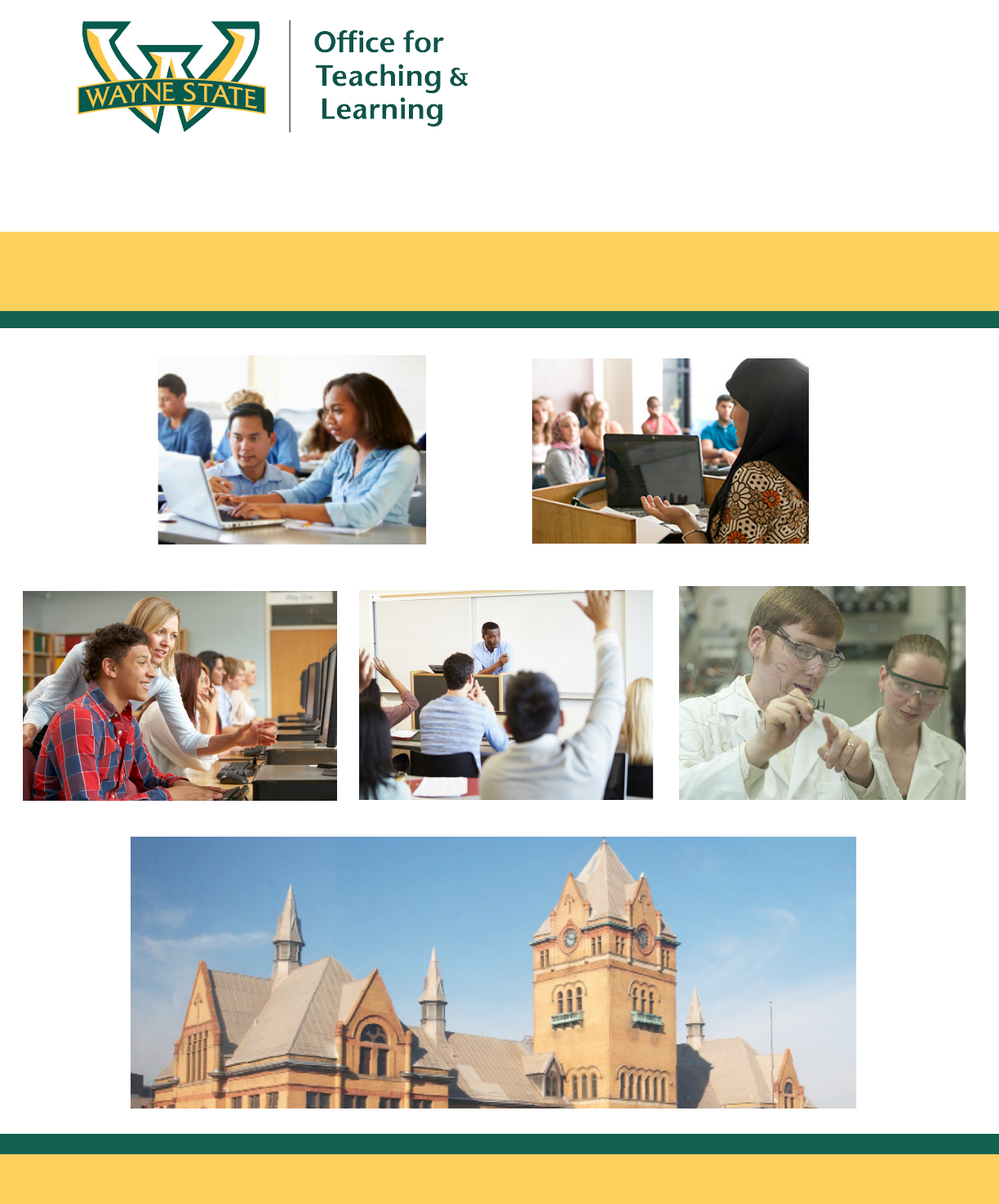
Teaching
Documentation
Program
otl.wayne.edu
“There is, in fact, no teaching without learning. One requires the other.” - Paulo Freire
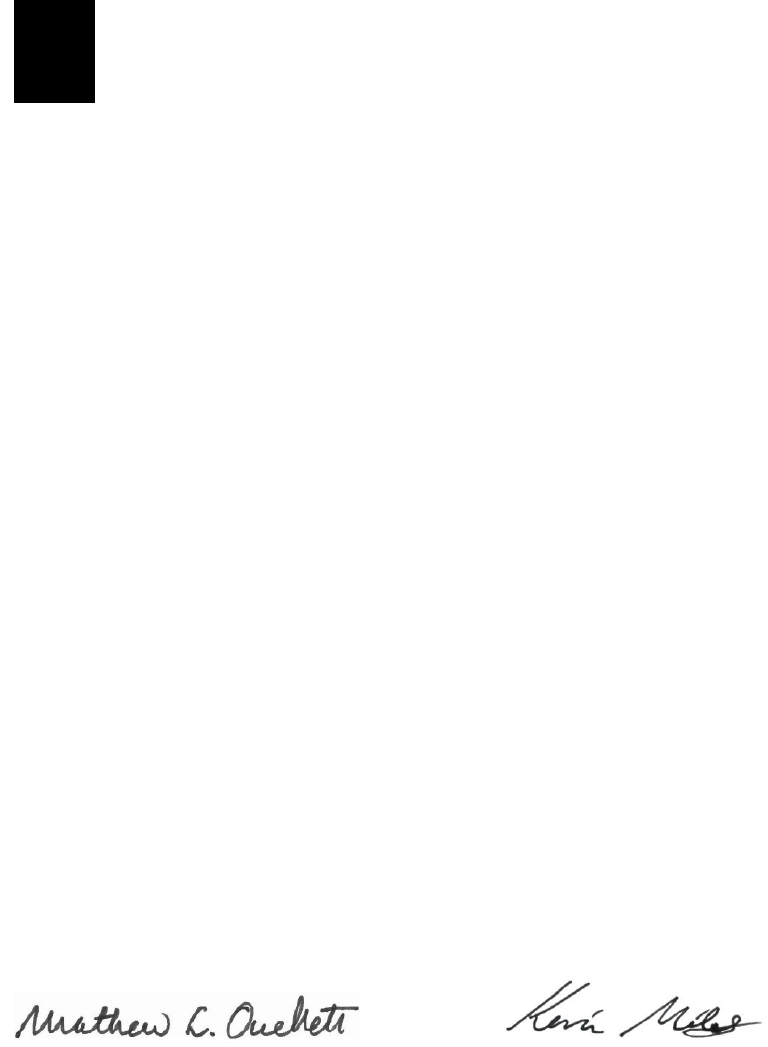
etter from the Office for Teaching &
Learning
Dear graduate students and instructors:
Graduate Teaching Assistants (GTA), postdoctoral fellows and Part-Time Faculty (PTF)
provide essential contributions to the excellence of our undergraduate education at Wayne
State University (WSU). These contributions can be seen through such endeavors as
teaching, instructing labs, acting as discussion leaders and graders, and tutoring. In addition,
many graduate students and post docs have found that these teaching-related experiences can
be significantly related to the development of discipline-based expertise and content
presentation skills. In an effort to recognize the substantial commitment you make to your
teaching, The Office for Teaching and Learning (OTL) has developed the WSU Teaching
Documentation Program (TDP).
The Teaching Documentation Program offers you a self-paced program in which you can
organize, reflect upon, and document your teaching development efforts while here at the
university. The exercises in the TDP will offer you some immediate support related to your
success in your current responsibilities. Additionally, the outcomes of the TDP are designed
to support your future teaching related career goals.
On a final note, we offer our appreciation to the Office of the Dean of the Graduate School
and graduate students of the OTL for their support of the development of this program. Our
appreciation, and acknowledgement, also extends to the Center for Teaching and Faculty
Development (CTFD) at the University of Massachusetts Amherst and the Center for
Teaching Excellence at Carnegie Mellon University for their generosity in allowing us to
adapt their materials.
Sincerely yours,
Dr. Mathew L. Ouellett,
Associate Provost and Director,
Office for Teaching and Learning
Kevin B. Miles,
Graduate Student Assistant,
Office for Teaching and Learning
L

able of Contents
Teaching Documentation Program .........................................................................1
Introduction ...............................................................................................................1
TDP Requirements ....................................................................................................1
TDP Outcome ...........................................................................................................2
Making Progress .......................................................................................................2
How to Document Activities .....................................................................................3
Planning your TDP Progress .....................................................................................4
Teaching Activity One: Pedagogy ..........................................................................................6
Goals .........................................................................................................................6
Discipline-Based Perspectives on Teaching .............................................................6
Interdisciplinary-Based Perspectives on Teaching. ..................................................6
Other Options ............................................................................................................6
Outcome ....................................................................................................................7
Philosophy of Teaching Statement............................................................................8
Checklist: Activity One - Theory of Teaching ........................................................10
Teaching Activity Two: Linking Teaching and Learning .................................................11
Goals .......................................................................................................................11
Formative Feedback on Teaching ...........................................................................11
Summative Feedback on Teaching .........................................................................13
Outcome ..................................................................................................................14
Checklist: Activity Two – Teaching Assessment ...................................................15
Teaching Activity Three: Development of Specific Teaching Materials ..........................16
Goals .......................................................................................................................16
Reflection on Teaching Development Activities ....................................................16
Notes and Options ...................................................................................................18
Outcome ..................................................................................................................18
Checklist: Activity Three – Development of Teaching Improvement Practices ....20
T

Teaching Activity Four: Addressing Diversity in Higher Education ................................21
Goals .......................................................................................................................21
Reflections on Diversity in Higher Education ........................................................21
Importance of a Diversity Statement for Teaching Portfolio ..................................22
Outcome ..................................................................................................................23
Checklist: Activity Four – Addressing Diversity in Higher Education ..................24
Completion of the Teaching Documentation Program.......................................................25
Congratulations! ......................................................................................................25
Next… .....................................................................................................................25
Teaching Development Resources ........................................................................................26
© 2016, Office for Teaching & Learning, Wayne State University
All rights reserved.
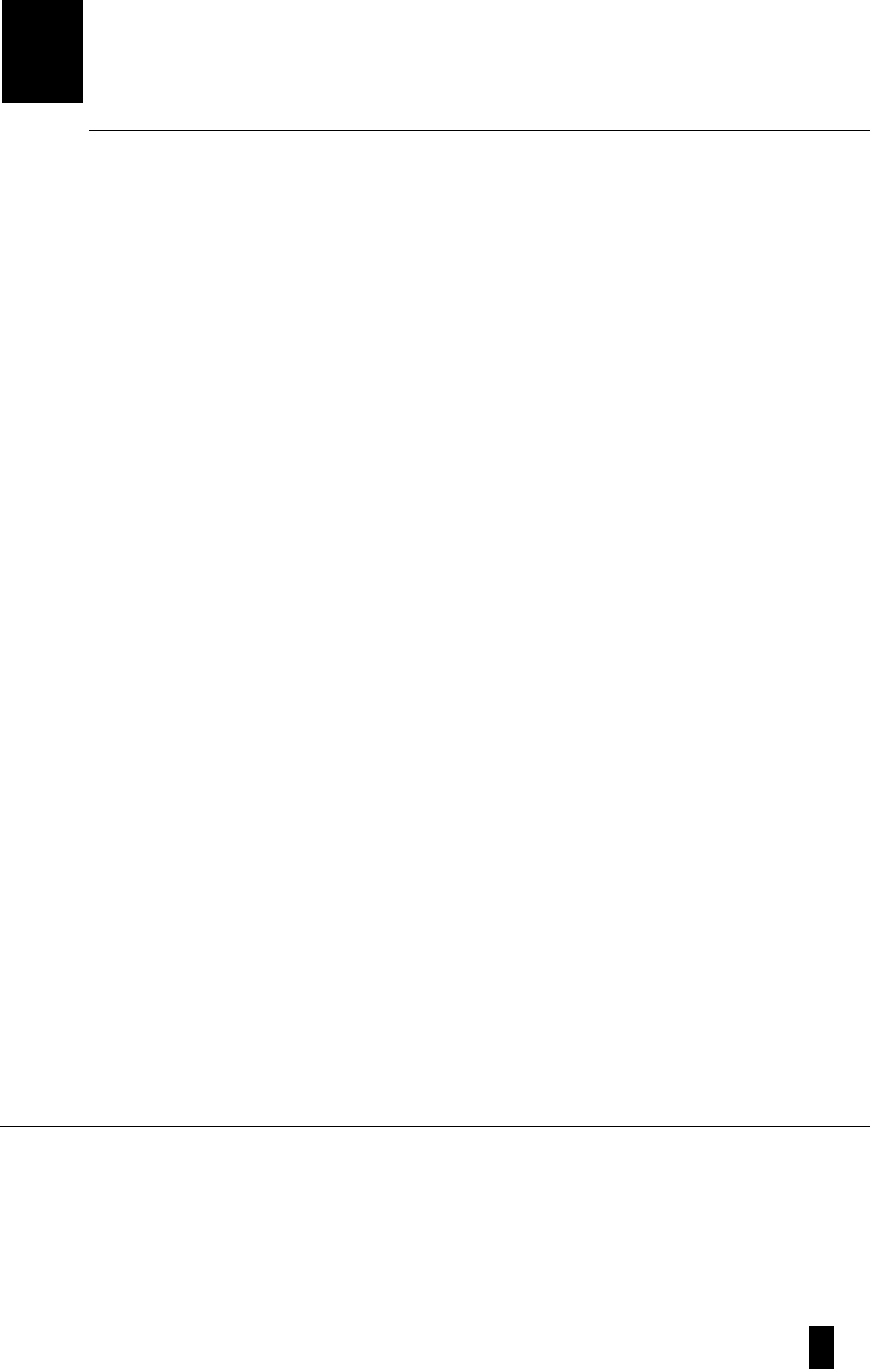
1
eaching Documentation Program
INTRODUCTION
Wayne State University has a long-standing commitment to innovation and
excellence in undergraduate education. In recent years the United States has become
increasingly invested in the ability of its colleges and universities to provide a high
quality and accessible undergraduate education to a wide variety of students, as
evident by the release of the “Engage to Excel: Producing One Million Additional
College Graduates with Degrees in Science, Technology, Engineering, and
Mathematics” report to President Obama, by the President’s Council of Advisers on
Science and Technology (PCAST, 2012). The ability to teach well, in turn, has
become a particularly sought-after skill and is, in addition to research skills, an
increasingly valued factor in how faculty members are both hired and evaluated. For
example, many search committees now request that candidates discuss teaching
strategies and philosophies as well as research interests during job interviews. Some
have also begun to request a statement of teaching philosophy, sample course
materials, or a teaching demonstration as part of the application process. For junior
and senior faculty members alike, a portfolio that documents teaching development
and provides evidence of teaching effectiveness is frequently used as an important
factor for reaching appointment, tenure, and promotion decisions.
The Teaching Documentation Program (TDP), offered through the Office for
Teaching and Learning (OTL), will contribute to enhancing the excellence in
undergraduate education at Wayne State University, as well as strengthen the overall
breadth of graduate student education. The TDP not only helps prepare graduate
students to teach better now and in the future, it also offers formalized documentation
of an individual’s teaching development efforts and provides WSU graduates a
competitive advantage in future career goals. This document is written with a focus
on graduate students, however we also encourage the participation of postdoctoral
fellows, lecturers, and part-time faculty in the TDP as a means of support for their
future teaching-related career goals.
As a part of their graduate education, most students will work hard at developing a
record of accomplishments related to their academic interests and career goals. Often,
this includes evidence of research, conference papers, and other discipline-related
professional activities. With similar attention, the TDP creates just such a record
related to the graduate student’s strengths and experiences as a teacher.
TDP REQUIREMENTS
In order to complete the TDP, each participant must satisfy requirements in four
areas: theory, assessment, teaching improvement practices, and diversity in higher
education. The TDP is designed to be a self-paced, flexible program that can be
completed over the course of your graduate studies. Each component of the program
T
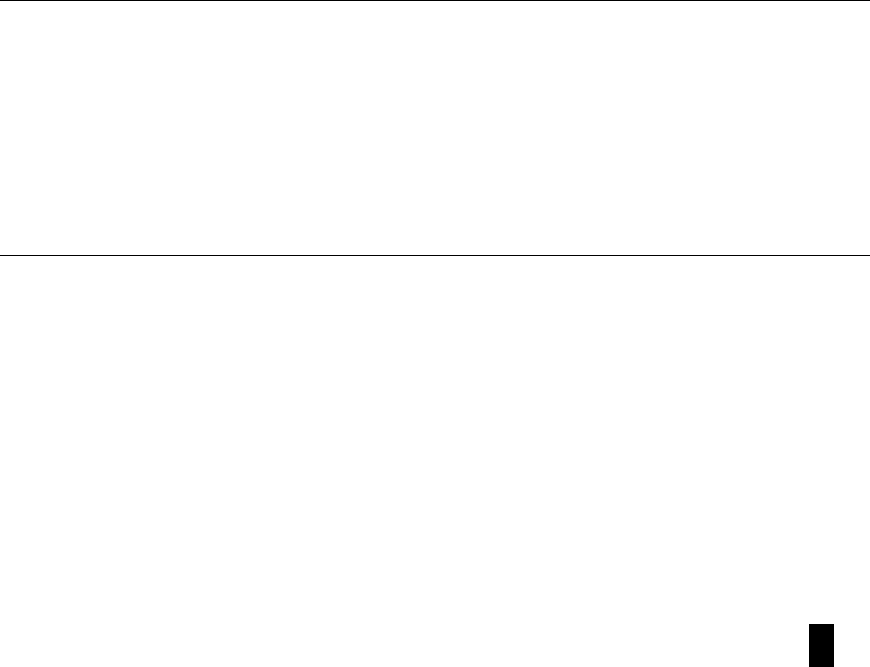
2
emphasizes learning via active participation, developmental feedback, and critical
self-reflection. Briefly, the requirements include:
1. Theory—Participate in a discipline-based or interdisciplinary one-credit seminar or
completing 14 hours of an equivalent, structured discussion on the theory of teaching.
The goal of this experience is to provide an introduction to relevant theory and
practices for core teaching activities. At conclusion, write a philosophy of teaching
statement (see description under “Teaching Activity One”).
2. Assessment—Receive and discuss individualized feedback about your teaching
strengths and areas for growth. This can be accomplished through student feedback,
peer or faculty feedback, or a consultation with an OTL staff member. The goal of
this experience is to gather developmental feedback on how you can best apply your
teaching philosophy and skills to positively impact student learning. At conclusion,
write a brief, reflective report describing your assessment process (see description
under “Teaching Activity Two”).
3. Discipline Specific Teaching Practices—Identify discipline-based teaching resources
and develop and/or collect materials that reflect your individual teaching goals. This
requirement also helps participants to document teaching development efforts.
Complete two self-selected activities and write brief reports on each (see description
under “Teaching Activity Three”).
4. Addressing Diversity in Higher Education – Review the increasing role of diversity
in higher education, and reflect on how you would approach and adjust your teaching
for a diverse student body. This requirement will help you write a Diversity Statement
to include in your Teaching Portfolio.
TDP OUTCOME
At the conclusion of the TDP, participants will receive a formal letter of
documentation from the OTL that inventories and describes your teaching
development efforts. You will also have an organized collection of materials that
documents these efforts. These materials will be useful when seeking a position with
teaching responsibilities, preparing a formal teaching portfolio, and/or articulating
future teaching development goals.
MAKING PROGRESS
Get started. While there is no required progression within the requirements, it does
make sense to begin some components before others. We suggest that starting with
grounding the theory and research on pedagogy is useful for creating a framework
upon which to build the rest of your efforts. Furthermore, we also suggest you begin
the process of making an Individual Development Plan (IDP), and discussing your
plans with your adviser. An IDP can help you guide your studies and extracurricular
activities to better focus on your post-graduate school goals.

3
Begin early and stay in touch. The staff at the OTL is dedicated to helping you
succeed with the program. We welcome the opportunity to consult with you about
your progress, to answer questions, and to offer suggestions or feedback on your
work-in-progress. The OTL also hosts pedagogy-centered workshops every semester,
for instructors and Graduate Teaching Assistants (GTAs) looking to learn new
methods of improving student learning, that they can apply to their classrooms
immediately.
Plan ahead. Many pedagogy courses, including the OTL’s, are only offered annually.
You can use the table on the next page to sketch out a logical schedule for fitting the
TDP requirements into your graduate program.
Keep records. Ultimately, it is your responsibility to provide the OTL with
appropriate documentation of completed activities. Progress record forms are located
at the end of each section of the handbook to help you maintain your own records.
Be flexible. The TDP is designed to offer some individual flexibility in fulfilling the
requirements. If you have an idea about how to tailor an activity to better address
your teaching development goals or discipline-based interests, please contact the
associate director or director of the OTL to discuss it.
HOW TO DOCUMENT ACTIVITIES
The next four sections describe the four key areas of the TDP. These sections offer
guidelines and activities for the TDP assignments and explain how to document your
completion of the program. Information on additional resources related to each of
these four activities is available by request through the OTL by calling (313) 577-
0001 or through the OTL website otl.wayne.edu. Please contact the associate director
or the director of the OTL for more information. The OTL is available to answer any
questions you may have and can provide you with support in completing the TDP.
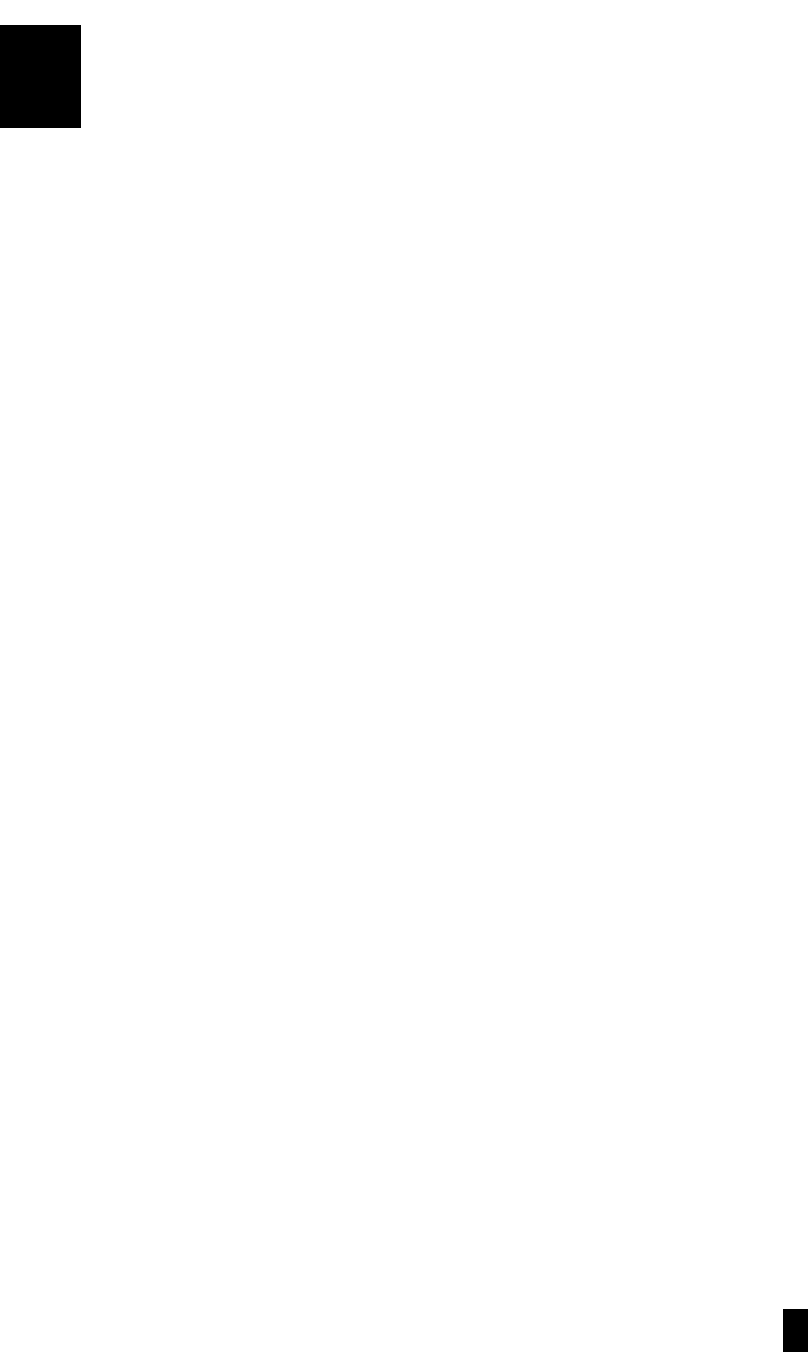
4
lan Your TDP Progress
Name ________________________________________________________________
Access ID: _____________ School/College: _____________________________
Department ___________________________________________________________
Date of Initial Consultation: ______________________________________________
Doctoral Candidate Postdoctoral Fellow
Anticipated date of graduation: ___________________________________________
Please describe your key goals for participating in this program:
(For example, is there a specific goal you hope to achieve related to gaining new
knowledge, learning new skills, or developing teaching-related materials?)
P
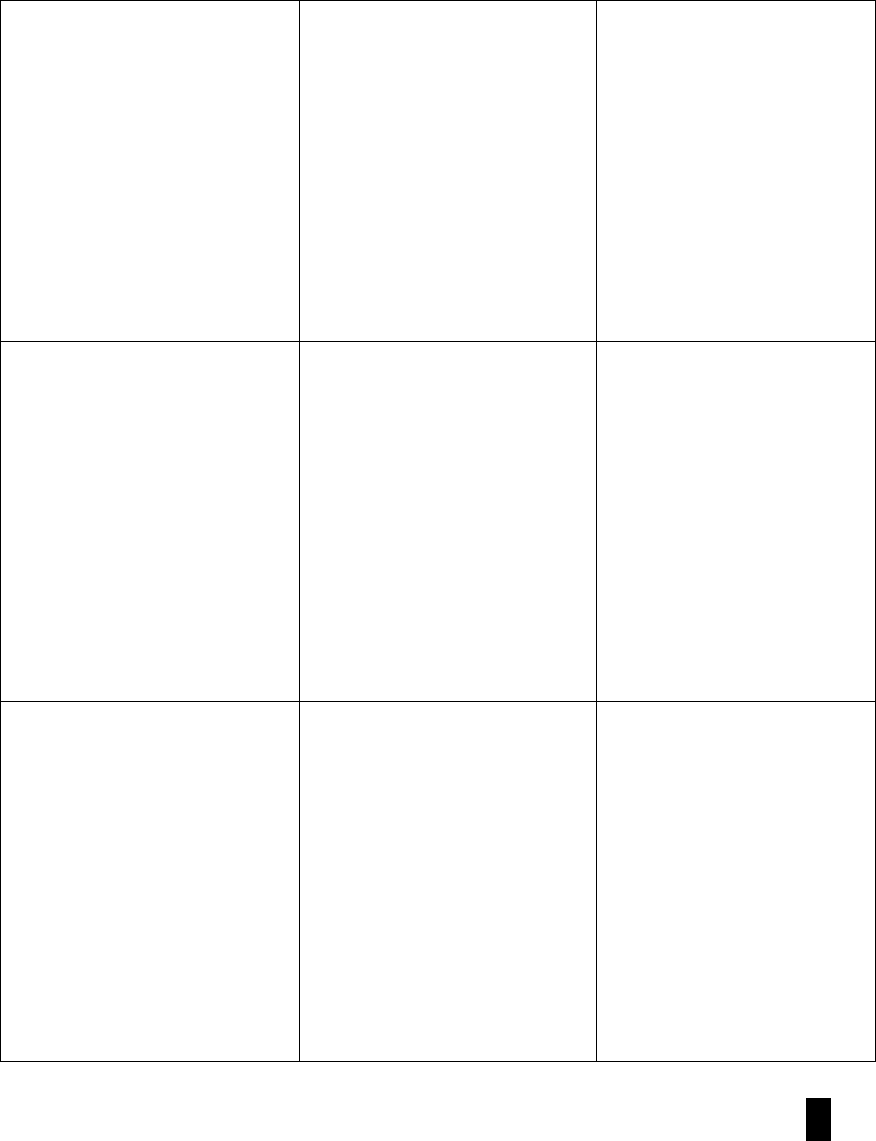
5
Sketch Out Your Schedule
Where are you in your graduate career? What do the next few years look like? (Consider
coursework, exams, thesis writing, teaching and other possible assistantships.) Where
might you fit in the TDP requirements?
Tentative Schedule for completion of the TDP:
Fall 20____
Fall 20____
Fall 20____
Winter 20____
Winter 20____
Winter 20____
Sp/Summer 20____
Sp/Summer 20____
Sp/Summer 20____
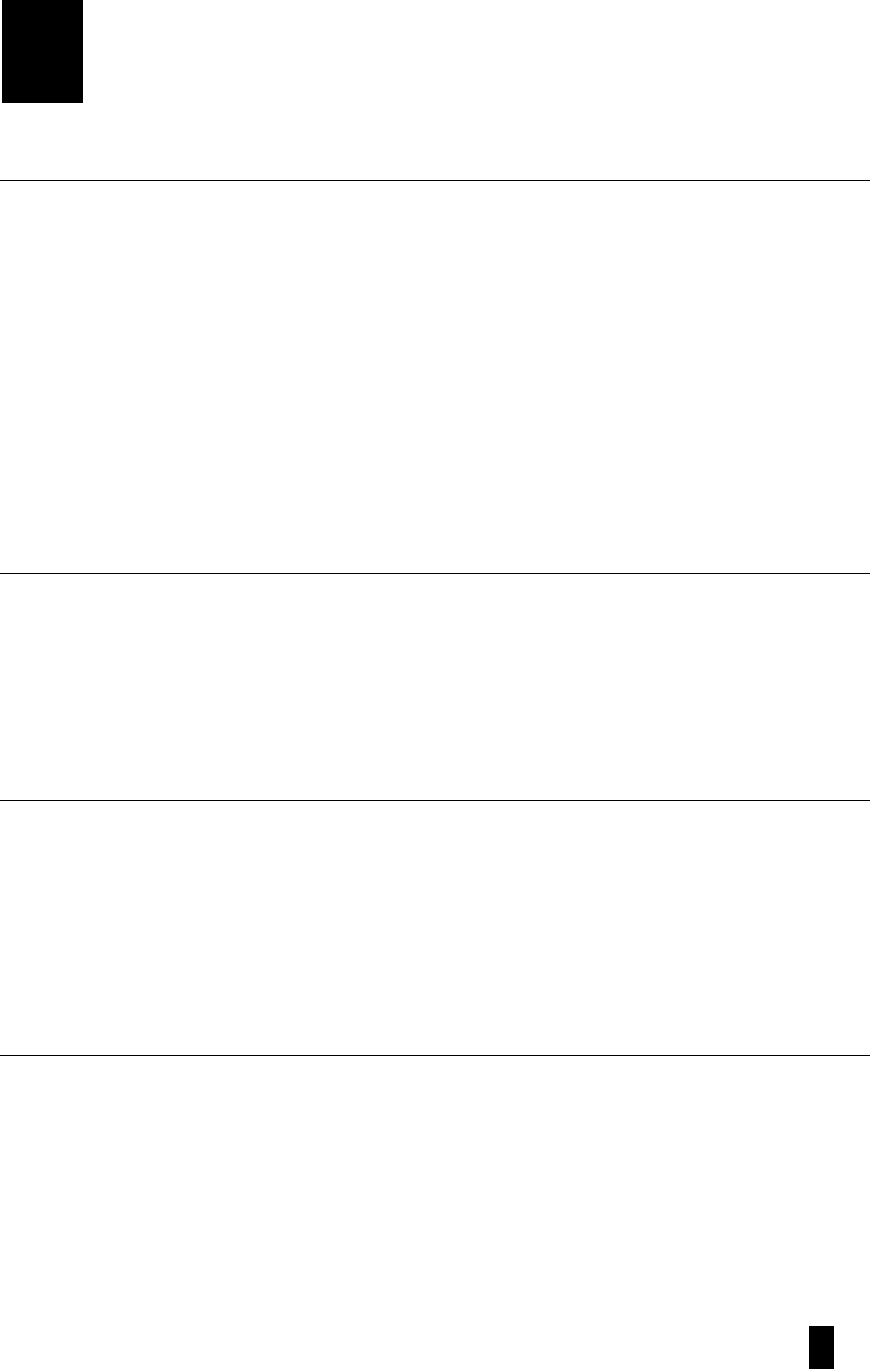
6
Teaching Activity One:
Pedagogy
GOALS
An introduction to current research on how learning takes place provides instructors
with a wealth of information, including strategies and tools related to pedagogy. An
overview of such theory may also help you to adopt specific new skills, practices, and
methods that have been identified as contributing positively to an excellent teaching
and learning environment. Such theory can also train you to better link specific
teaching strategies with a discipline or learning objectives. The Teaching
Documentation Program requires that participants in the program document a
minimum of 14 hours of participation in activities that address teaching theory. This
requirement can be met by taking a credit-based teaching development course in
either a discipline-specific or an interdisciplinary context, or an alternative experience
agreed upon by the OTL, such as a disciplinary teaching-related intensive workshop.
DISCIPLINE-BASED PERSPECTIVES ON TEACHING
Efforts to enhance the quality of teaching in discipline-specific arenas are
increasingly visible, both nationally and locally. Today there are opportunities at
nearly every major discipline-specific conference to discuss teaching strategies and
skills with peers. Interested students should reach out to the Chairs of their
departments to learn more.
INTERDISCIPLINARY-BASED PERSPECTIVES ON TEACHING
Some participants in the TDP may prefer to participate in these kinds of opportunities
in a more interdisciplinary, campus-wide context. The annual Graduate School
Orientation for GTAs holds pedagogy training for students from all GTA-holding
departments at WSU. Additionally, the OTL occasionally offers a 1 credit seminar
through the Graduate School, Introduction to College Teaching. It provides an
introduction to the research, practices, and skills which foster teaching excellence.
OTHER OPTIONS
The theory requirement can also be fulfilled by attendance at an approved
course/program other than those offered through the OTL by providing evidence that
the course was successfully completed. For example, some departments offer their
graduate students a discipline-specific pedagogy course.
1
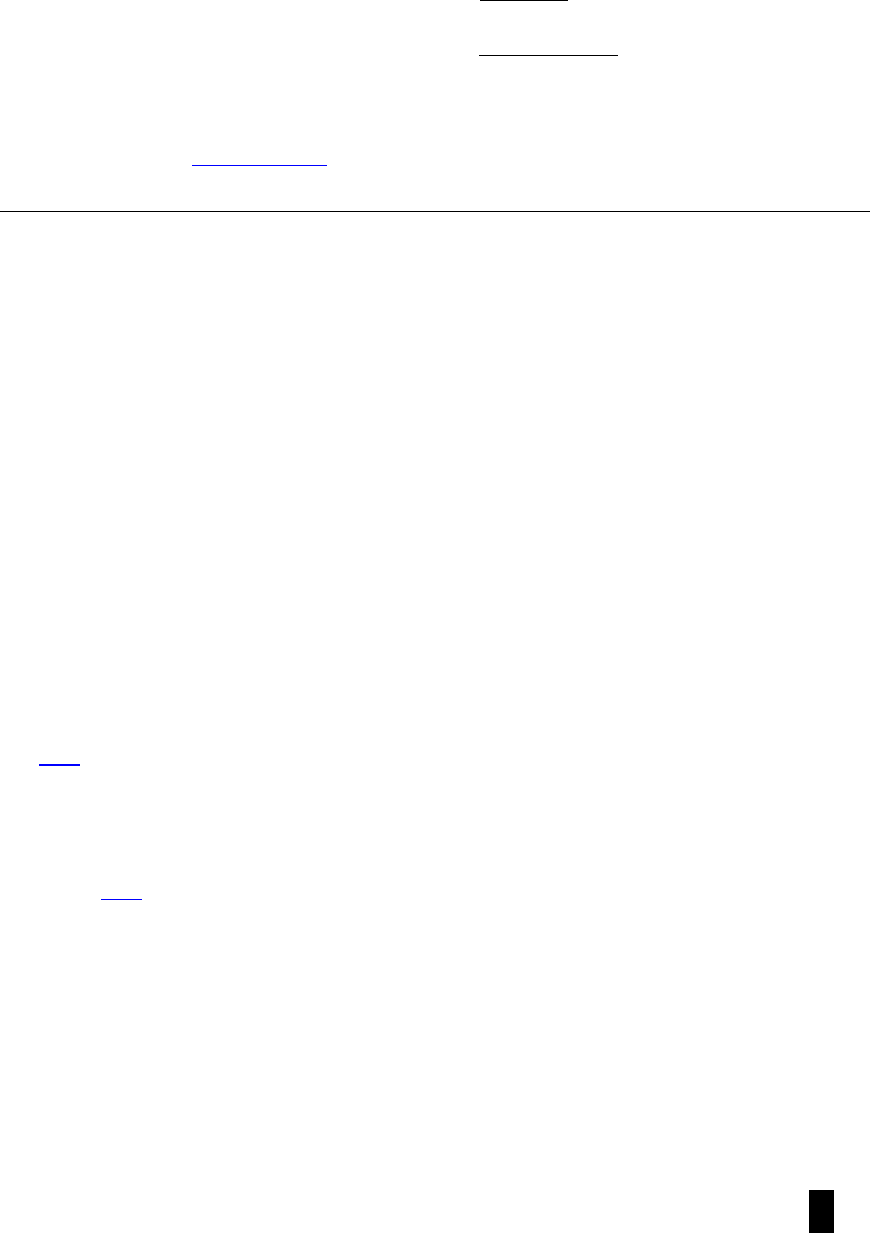
7
For greater flexibility, this requirement can also be fulfilled by participating in a
series of “stand alone,” non-credit workshop/seminars if they are department-based
and directly address teaching-related issues. This option requires participants to
provide the OTL with documentation of the name of the program, the length of the
program, the date and place attended, and the signature of the presenter or instructor
for each program attended. This option also requires the equivalent of one credit
hour of participation (generally regarded as fourteen hours). *If the
presenter/instructor is not available, the signature of your department chair/ program
director can be substituted. Students may also be interested in pedagogy-focused
workshops offered by the OTL, such as the STEM Journal Club. More information
can be found at otl.wayne.edu, and in the “Additional Resources” section below.
OUTCOME
At the conclusion of this portion of the TDP, participants will prepare a one to two-
page (double-spaced) philosophy of teaching statement. While there are no rules
about what a philosophy statement should contain, some general guidelines are
discussed below. The OTL also offers materials that may be useful guides in
preparing this reflective statement; you can contact the OTL for this packet once you
have completed requirements for your teaching activity one: theory of teaching.
ADDITIONAL SUPPORT
Several helpful resources are available through the OTL and online, and these can
help you learn more about evidence-based teaching methods (EBTMs), how to write
a Philosophy of Teaching Statement, what to include in a teaching portfolio, and how
to organize these materials into a cohesive portfolio. The OTL hosts monthly
meetings of the STEM Journal Club, where graduate students interested in greater
exposure to EBTMs can come discuss recent peer-reviewed papers describing the
outcomes of implementing EBTMs, and how these students might implement EBTMs
in their future classes. More information on the STEM Journal Club can be found
here.
For a comprehensive guide that lists numerous possible components of a teaching
portfolio, see the guide provided by the Vanderbilt University Center for Teaching
found here.
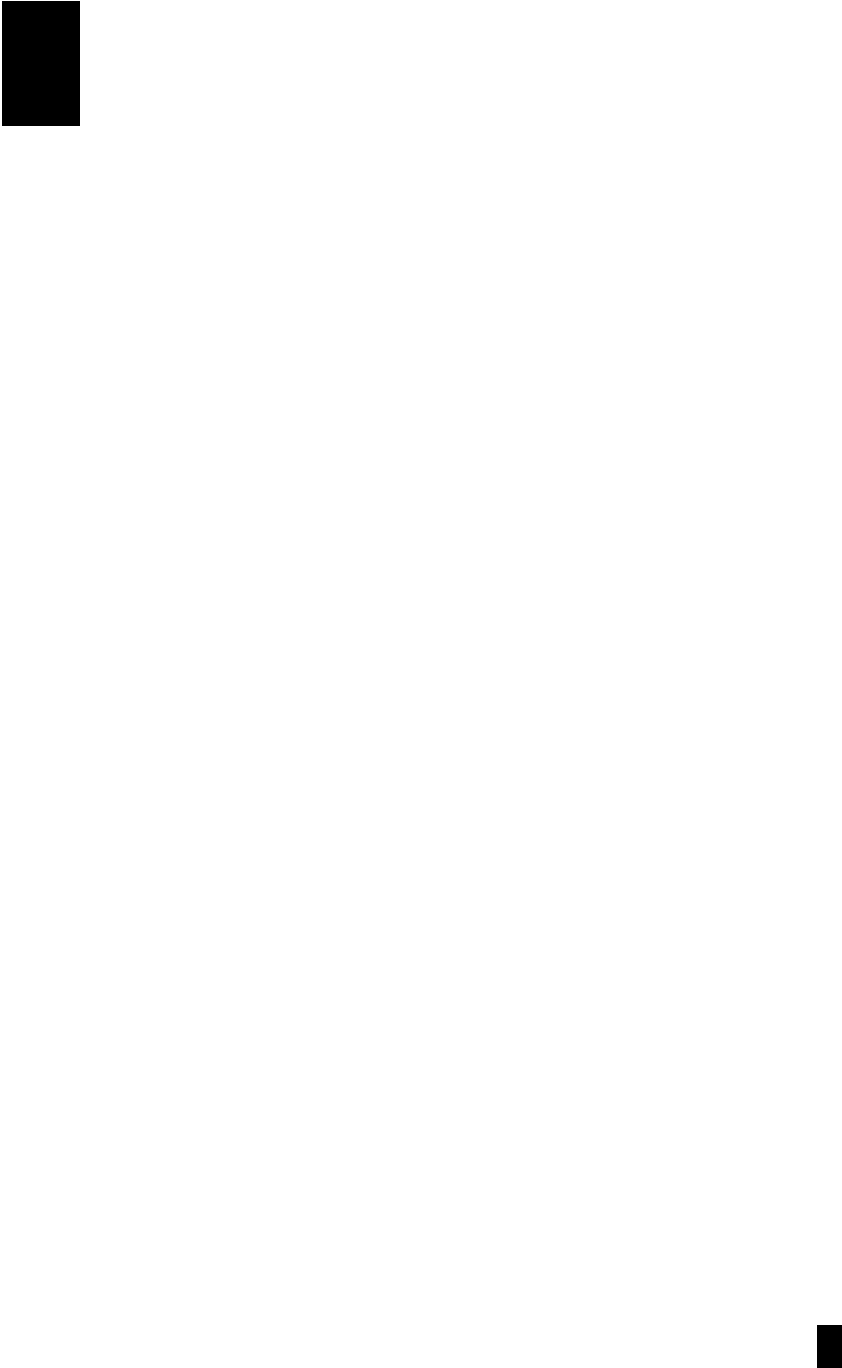
8
hilosophy of Teaching
Statement
As you continue to develop your interests and skills as a teacher, you might find the
idea of summarizing all of your goals, strategies, hopes and accomplishments in one
brief document daunting, even discouraging. However, OTL staff are here to help
this process be as seamless as possible. Developing a philosophy of teaching
statement is not only required by many interviewers as an essential part of your
application package, it is also a chance for you to fully articulate your most important
priorities as a teacher—for yourself as well as for your audience—and it is a useful
opportunity to stand out among the application pool.
In “Developing a Philosophy of Teaching Statement,” Nancy Van Note Chism (1998)
offers a few helpful guidelines for your composition process. (This essay is available
at the OTL, as are sample philosophy of teaching statements.) First and foremost,
there is no “standard” way to construct your statement; like a personal statement, your
philosophy of teaching will be and should be marked by its individuality. A number
of different tones and content material can be appropriate depending on your focus.
However, Chism notes that there are some basic characteristics of the genre.
Your philosophy of teaching statement should be brief, 1-2 single-spaced
pages at the most.
Your statement should be accessible and clear, written with a broad audience
in mind.
Your statement should be personal (most likely written in first-person
narrative form), and it should reflect the deep thinking that you have put into
your teaching.
You may still feel overwhelmed by the task of articulating your thoughts and feelings
about teaching in such a brief format. Chism asks the following questions, which
might help you to organize your thoughts:
How do you conceive of learning; that is, how do you think that learning is
facilitated?
How do you conceive of teaching? How do you encourage learning to occur?
What are your goals for students?
How do you implement your philosophy of teaching?
What are your future plans for growth as a teacher?
Remember, the best work that you can do to prepare your teaching philosophy is the
work that you are doing right now as a participant in the TDP. Your insights,
reflections, and commitment, will come through as you compose your philosophy of
teaching statement.
P

9
ADDITIONAL RESOURCES
The citation for the article authored by Nancy Van Note Chism is below. This early
article provides a brief discussion on how constructing a philosophy of teaching
statement can help students develop a scholarly approach to teaching.
Chism, N. V. N. (1998). Developing a philosophy of teaching statement. Essays on
Teaching Excellence 9 (3), 1-2. Professional and Organizational Development
Network in Higher Education
Dr. Brian Coppola from the University of Michigan, has authored a paper titled
“Writing a Statement of Teaching Philosophy” that discusses the importance a
philosophy of teaching statement plays in a scholarly approach to teaching, and
provides guidelines for students to write their own statements. Dr. Coppola’s article is
available here.
The Harriet W. Sheridan Center for Teaching and Learning at Brown University
offers a great handbook for designing a teaching portfolio, found here. Specifically,
the handbook discusses how to build a portfolio and select materials by crafting a
narrative of how your selected materials fit into your philosophy of teaching.
A paper authored by Dr. Mathew Ouellet and titled “Your Teaching Portfolio:
Strategies for Initiating and Documenting Growth and Development” provides
substantial guidance for writing a philosophy of teaching statement and constructing
an entire teaching portfolio as well: WSU students can access his article here.
O’Neal, Meizlish, & Kaplan from The Center for Research on Learning and Teaching
at the University of Michigan authored a brief Occasional Paper titled “Writing a
Statement of Teaching Philosophy for the Academic Job Search.” Included in the
paper is a rubric for self-evaluation of your statement. Click here to access the paper.
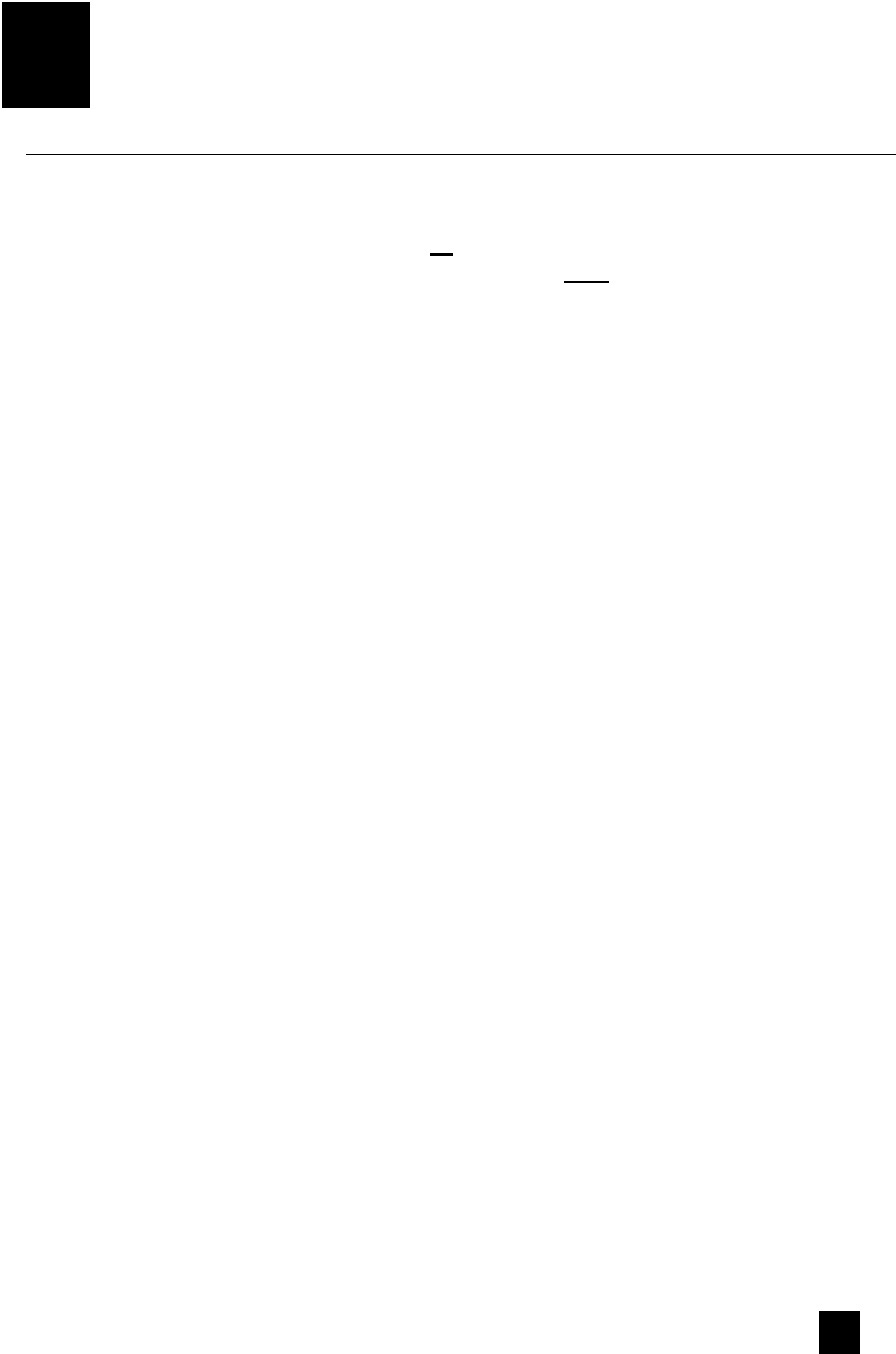
10
hecklist
ACTIVITY 1: THEORY OF TEACHING
The requirements for this activity can be fulfilled by either a one credit course
(via the OTL or your department) or by the completion of 14 hours of discipline-
based teaching-related seminars and workshops and by completing a philosophy
of teaching statement.
Completion of a discipline-based or interdisciplinary-based pedagogy
course (1 credit minimum). Attach documentation of successful course
completion if not an OTL sponsored course.
OR
Complete fourteen hours of discipline-based, teaching-related workshops/
seminars.
Date: __________________________________
Signature: _______________________________
AND
Complete a philosophy of teaching statement
Date: __________________________________
Signature:________________________________
1
2
C
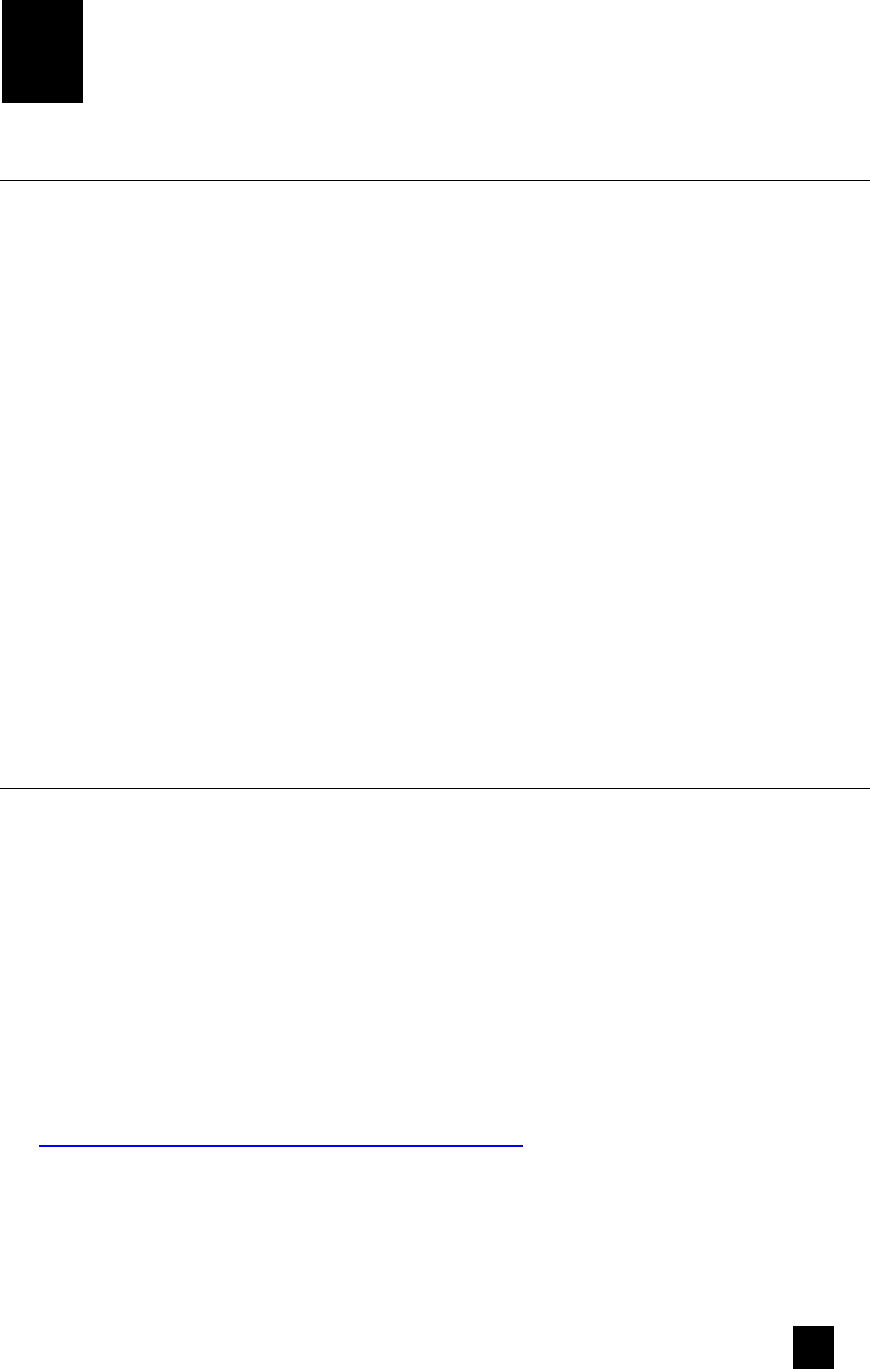
11
Teaching Activity Two:
Linking Teaching & Learning
GOALS
Often, instructors think “I’m not ready for student feedback yet” or “I need more
experience before I’d feel comfortable being videotaped” or “I’m nervous to hear
what students think about the course.” However, teaching improvement is an
ongoing process, not a finite goal. By waiting to collect such feedback from students
and colleagues, you deprive yourself of valuable and accurate information on whether
your classroom behaviors support your pedagogical goals. Regularly gathering
feedback sharpens and clarifies your efforts to improve your teaching by providing
you with the perspectives of your students and other instructors.
The goal of this cluster of activities in the TDP is to learn useful formative and
summative methods of assessing your strengths and challenges as a teacher and to
experience receiving and responding to feedback from students and/or other
instructors. It is our hope that all teachers at the University will regularly seek out
feedback on their teaching and its impact on student learning. Participants in the TDP
will have access to the full range of teaching consultation services the OTL offers.
Often, graduate students’ attention is appropriately focused on mastery of the content
and establishing expertise. Being knowledgeable is an essential part of success as a
teacher, and knowing how students will successfully learn is the other side of this
coin.
FORMATIVE FEEDBACK ON TEACHING
This component of the TDP requires you to engage in a formative assessment activity
in order to learn how student feedback can contribute to a successful learning
environment. You can participate in the Mid-semester Assessment Program in which
students are asked to provide feedback on their experience in the course, have a
classroom observation by an OTL consultant using the COPUS protocol, or to be
videotaped while in the role of instructor in the classroom. In this context,
“instructor,” is broadly defined. For example, instructor can mean lab instructor,
discussion section leader, or guest lecturer, as well as instructor of record for a
course.
Mid-semester Assessment Program (MAP)
The MAP provides instructors with a unique opportunity to gather student feedback
on a selected course while the course is in progress. Feedback is gathered from
students, assessed thematically, and provided to the instructor in an individual,
confidential consultation process. A MAP allows you to gain a more thorough
2
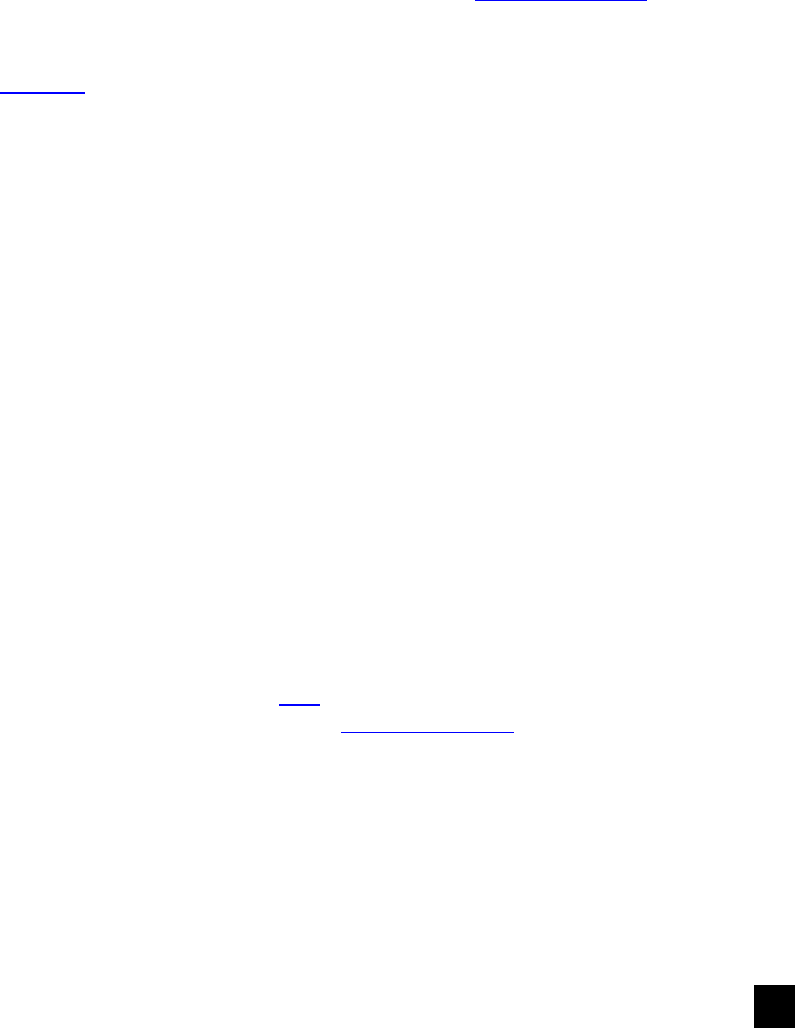
12
understanding of how students experience your course and to make meaningful
adjustments during the semester in which the data is collected.
This process requires three meetings. In the initial meeting, you will discuss your
course and your teaching of it with the consultant. The consultant will then visit your
class to collect data. This will require that you set aside approximately 15-20 minutes
of class time. An OTL consultant will ask students to form small groups and to try to
reach consensus on what aspects of the course are working best for them and what
elements may merit attention. Finally, usually within the week, the consultant will
meet with you to discuss the results, focusing on what is going well with your
teaching and the suggestions students have that they feel would enhance their
learning. The OTL typically offers their MAP consultations in the middle of the
semester, and you can contact (313) 577-0001 or [email protected] to schedule a
MAP.
COPUS
The Classroom Observation Protocol for Undergraduate STEM (COPUS) allows
instructors, via third party classroom observers, a chance to determine how they
spend their time in the classroom. A third party classroom observer comes to a typical
class day, takes regular notations on how you and the students spend class time (i.e.,
whether you are lecturing, leading an active in-class assignment, showing a video,
etc.) in 2-minute intervals. The data allows you and the OTL consultant to
characterize how you divide your class time between various student centered
methods of teaching over the course of a class. As an instructor, you can use this data
to determine if your class could benefit from rebalancing the distribution of lecturing,
learning activities, or other strategies. Additionally, the COPUS process allows you to
better understand how your students are spending their class time and, most
importantly, if they’re engaged in the material.
OTL consultants are trained on how to watch for different faculty and student
behaviors, and on the short-hand coding methods to make recording class/instructor
actions easier. As with MAPs, the OTL consultant typically first meets with the
instructor outside class for a brief chat to explain the process and clarify any
questions. Based on the observations detailing instructor/students’ behaviors, the
consultant constructs a graphic that summarizes how the instructors and students are
spending their time in class. Next, an OTL instructional designer meets with the
instructor to discuss the results and consider steps going forward. More information
on the COPUS can be found here. To setup training for classroom observers, or to
discuss the COPUS, please contact [email protected].
Video Recording
To see yourself teach via video offers a unique and valuable teaching improvement
exercise. Video allows you to view the class through the eyes of your students, to
study how students respond to your teaching style, and to revisit the same interactions
repeatedly, thereby enabling you to gain greater insight into the complex dynamics of
teaching and learning. The process of being videoed can be especially useful when

13
coupled with feedback from an experienced faculty member in your graduate
program, a senior graduate student, or a consultant from the OTL.
A video-based consultation generally requires three meetings. First, you meet to
discuss your goals and expectations of the process and to suggest any areas on which
you want specific feedback. Next is to do the actual recording of your teaching. At
your discretion, your consultant may or may not be present during the actual
recording. Finally, you schedule a follow-up meeting to discuss the video. In this
third meeting, you determine the focus of the discussion.
Increasingly, departments are offering a video recording and review of teaching
service to their graduate students. If your department offers a video recording and
review process for graduate students, you can fulfill the data-gathering portion of this
exercise via your department. You will need a letter with the date(s) and the signature
of the faculty member or senior TA who conducted the session. If the instructor is not
available, the signature of your department chair/ program director can be substituted.
Participants also have the opportunity have an OTL consultant, course design leader
at the department level, or a faculty member review and provide feedback on a
microteaching session, where you teach a short lesson in a small amount of time. For
more information, contact the OTL at [email protected]. (You will still be required to
complete the reflective statement described in the checklist of Activity Two.)
Arranging a MAP, COPUS, or video recording of your class
Contact the OTL to arrange a MAP, COPUS, or video recording. Once you contact
us, we will provide you with materials that more concretely describe the steps for
each process. We strongly suggest that you contact the OTL early in the semester, and
at least three weeks in advance of the selected class, to make sure a consultant is
available at the desired time. Also, more advanced planning may be needed toward
the middle of the semester when the demand for such feedback activities is usually
greatest.
SUMMATIVE FEEDBACK ON TEACHING
The goal of formative feedback is to determine how your students are learning (and
thus how you’re teaching) during the course, so that you can tweak and optimize your
lesson and delivery for maximum learning. As a compliment to formative feedback,
summative feedback provides data on your teaching once the course has ended.
Combining formative and summative feedback will allow you to form a more holistic
description of how your teaching affects student learning.
Student Evaluations of Teaching (SET)
The SET is administered at the end of each semester at WSU, and asks students to
provide feedback on a number of areas of teaching and learning, such as clarity of
material delivery and student interest in material covered. Interested students can
learn more about the data gathered via the SET at Testing, Evaluation and Research
Services at WSU (their website is located here). For more detailed information about
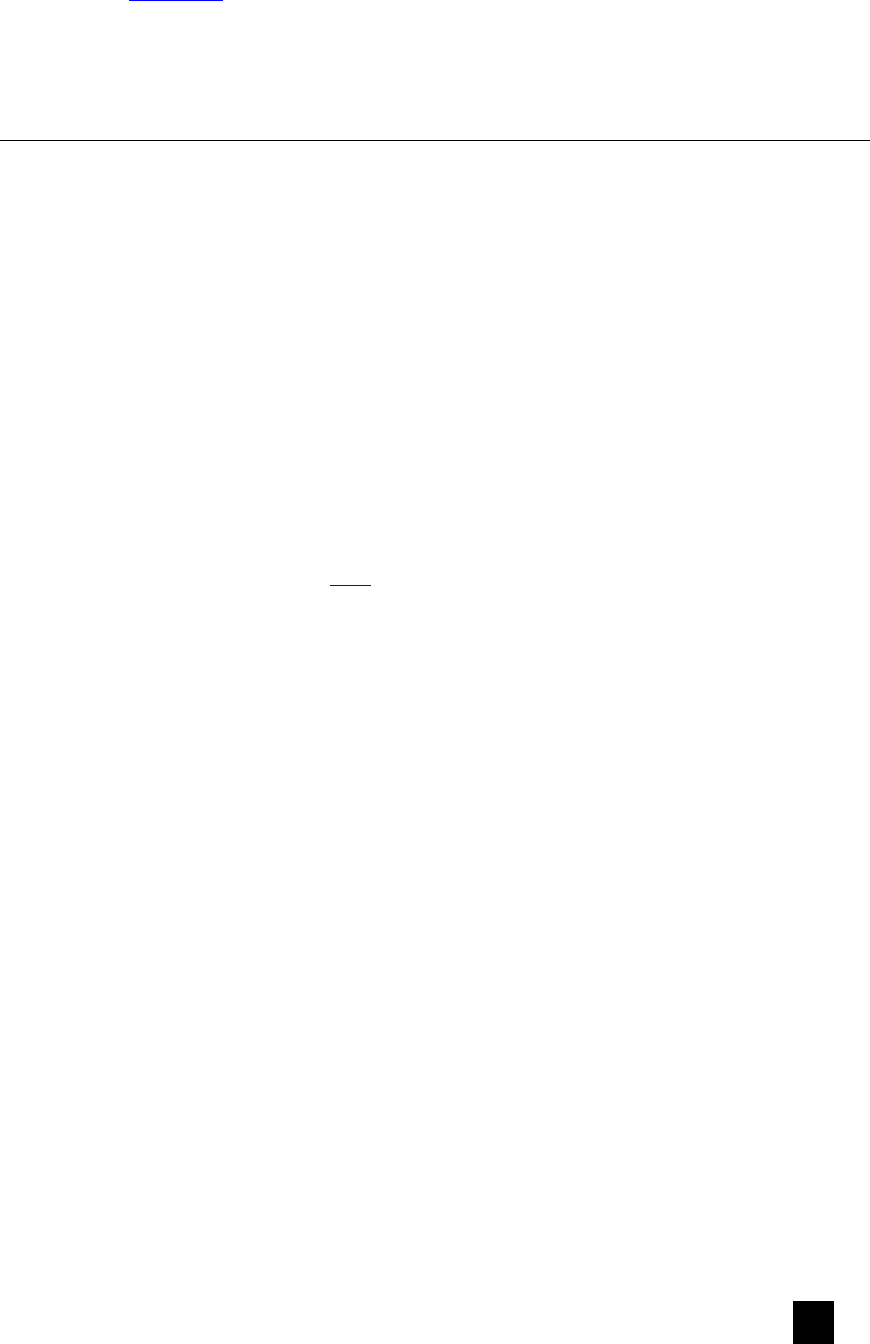
14
the SET, click here to watch a brief video. Additionally, instructors with SET data
can discuss how to use their SET results to improve their teaching during a
confidential, developmental consultation at the OTL (contact OTL@wayne.edu).
OUTCOME
At the conclusion of this portion of the TDP, participants will prepare a one to two-
page (double-spaced) description of the teaching assessment process. This brief
report should describe the assessment technique you chose and why you selected it,
address what you expected to learn about your teaching as a result of the exercise,
and, finally, what you learned and how this information has impacted (or will
impact) your teaching.
ADDITONAL RESOURCES
You can find a plethora of resources on the web that guide you in assessing your
teaching abilities to better construct a teaching portfolio. Specifically, Carnegie
Mellon University (CMU) provides a detailed guide to constructing your portfolio,
and specifically describes the types of resources to include to assess your teaching.
You should visit CMU’s site here, but a curated list of possible materials from
CMU’s site are below:
Materials generated by yourself:
Reflections on your own teaching or learning experiences (course
journal/log)
Participation in an association concerned with the improvement of teaching
and learning
Teaching related courses you are taking or auditing
Research on the impact of changes you made to a course
Instructional and assessment materials you have developed (Note: if you
haven't taught before, make sure you focus on this area)
Materials generated by colleagues, administrators, and organizations
Statements from colleagues or department heads
Records from OTL - MAP participation
Records of participation in seminars and workshops to improve in the
development of your teaching
When deciding on what to include in your teaching portfolio, it is important to think
back to your philosophy of teaching statement, and link the materials to this central
theme. It could be helpful to write a reflective paragraph about each piece, to help
you organize your thoughts and make a better decision about how the piece relates
to your teaching philosophy. Similarly, determine how each piece of assessment
evidence fits with your views on teaching specifically in your discipline.
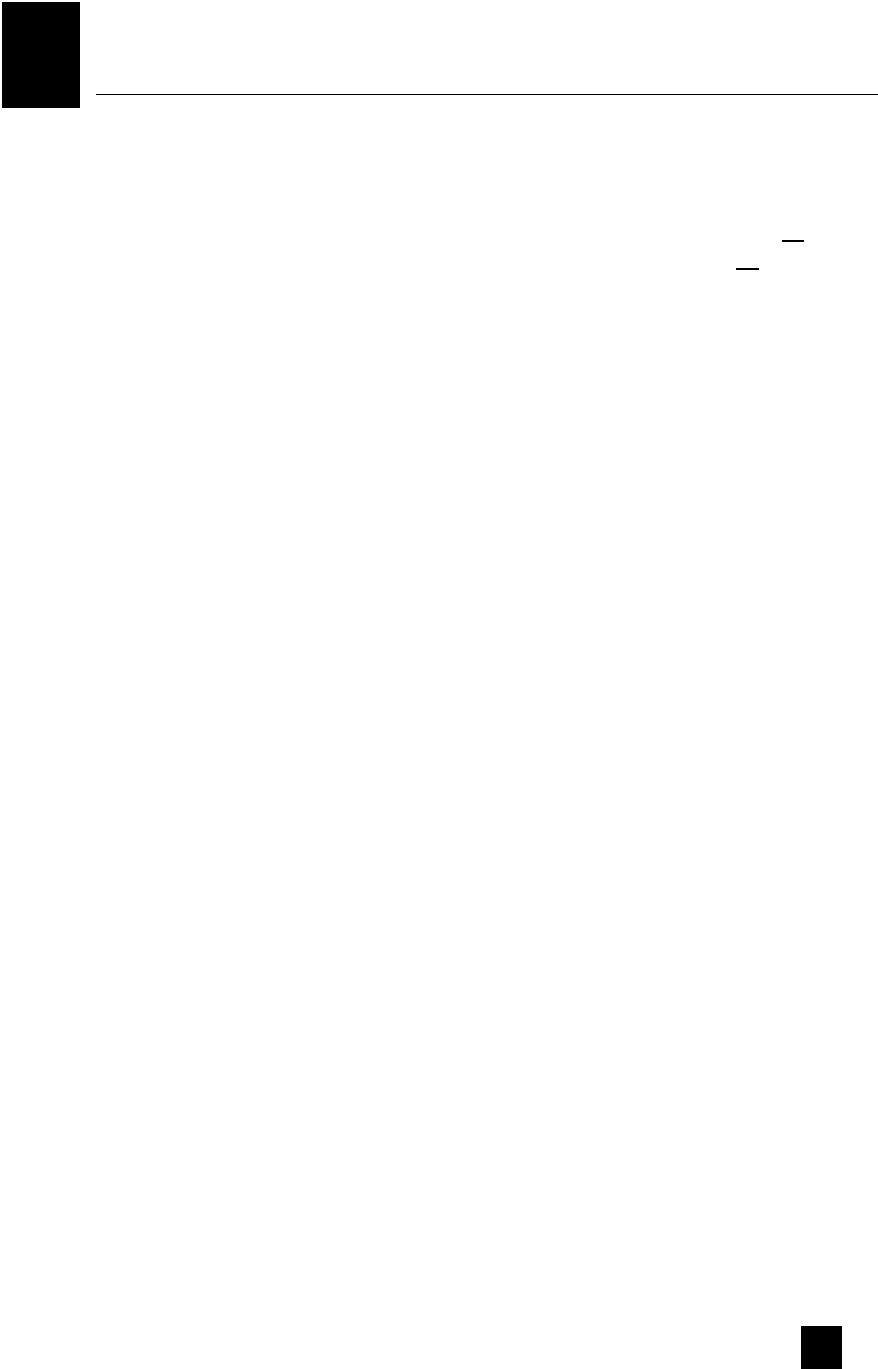
15
hecklist
ACTIVITY 2: TEACHING ASSESSMENT
This activity can be fulfilled by either a Mid-semester Assessment (MAP) or
Classroom Observation Protocol for Undergraduate STEM (COPUS) or by being
videoed while teaching. Each option usually requires three meetings with your
choice of either a faculty member from your department or with a consultant at the
Office for Teaching and Learning.
MAP OR COPUS OR Video
Initial meeting with consultant/faculty member to determine goals
and objectives for the class session to be video recorded/have a
MAP/COPUS conducted and to clarify the kind of feedback
requested by participant.
Record a class you are teaching (e.g., you are the instructor, the lab
instructor, the discussion leader, etc.) or conduct the MAP or
participate in COPUS.
A final consultation meeting to review and discuss the results of the
video recording/MAP/COPUS.
Date: __________________________________
Signature: ___________________________________
AND
Complete a reflective statement on your teaching assessment process
(one to two pages double-spaced).
Date: __________________________________
Signature: __________________________________
C
C
3
4
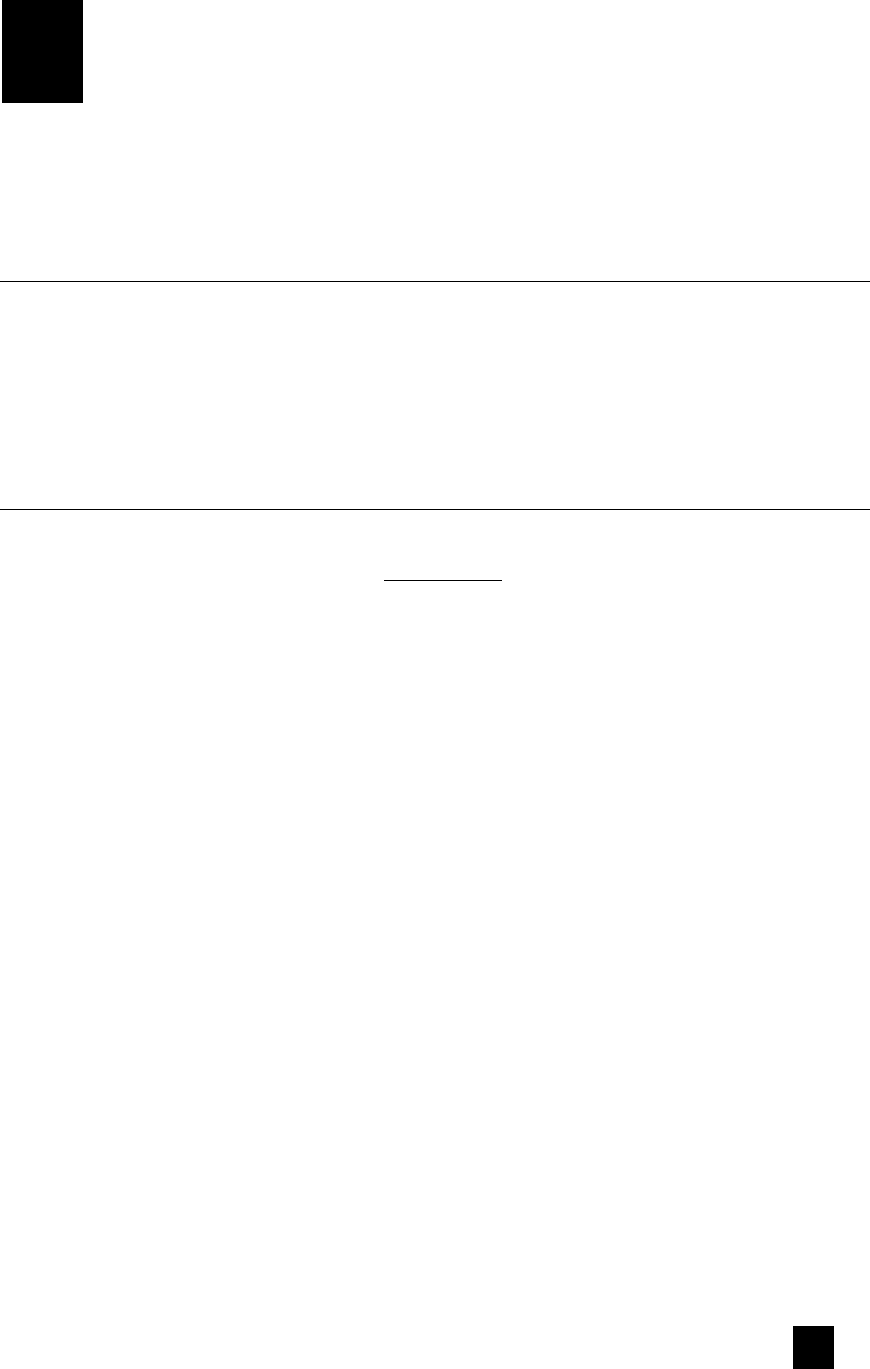
16
Teaching Activity Three:
Development of Specific Teaching
Materials, Course Design, etc.
within your Discipline
GOALS
The goals of this third section are to prompt further critical reflection, to explore
individual teaching development interests, and to encourage you to organize and
collect discipline-specific materials that help document your teaching development
efforts and readiness. (Ideally, much of this work will also provide the foundation for
a formal teaching portfolio).
REFLECTION ON TEACHING DEVELOPMENT (ACTIVITIES)
This section requires you to choose two or more activities from the list below (or of
your own choosing) and to write brief papers (two to three pages) reflecting on each
activity. These exercises are designed to allow you to explore in greater depth
individual teaching development topics and how the decisions you make as a teacher
can enhance the learning environment for students. Be sure to select the two topics
that are most meaningful for your teaching goals at this point in time.
Adapt or Design a syllabus for a three-credit entry-level course in your discipline that
you would like to teach. Describe its scope and learning outcome goals, explain how
the course would fit into your department’s curriculum, and identify any academic
prerequisites you would require and explain why. Finally, describe the key principles,
values, and tools you used to develop this syllabus and how you would use these to
also critically evaluate any other syllabi.
Describe an example of a learning activity you created and explain how you used it
in a teaching experience (e.g., an exercise, a writing assignment, or a lab experiment).
Describe your learning goals for the assignment (i.e., what was it designed to teach).
Next, describe what questions, knowledge, and assumptions about teaching and
learning guided how and why you produced this material in the manner that you did
(student readiness, fit with prior learning, etc.). Next, describe how well it worked in
meeting your goals. How did the students respond to the material (did it enhance
student learning?). And, finally, describe how you might change it in the future or
why you would keep it the same. If possible, include a copy of the actual exercise or
material with your statement.
Reflect on ways in which you do, or you would, use instructional technology in the
classroom. What is your experience in traditional, hybrid, and online teaching
3

17
environments to enhance student engagement and establish presence as an instructor
(e.g., presenting content, self-study modules, exercises, etc.)? Describe how you use
(or would use) instructional technology to enhance student learning while
maintaining an interactive, student-centered environment. Provide concrete examples
to illustrate your strategies. Finally, identify the key principles or guiding values you
use (or would use) to determine when and how the use of instructional technology is
suitable for your course content, student learning goals, and teaching style.
Reflect on teaching inclusively. As the student and faculty population in higher
education becomes increasingly diverse, it is now common for institutions to ask
instructors to discuss and demonstrate how well suited their approach to teaching is
for meeting the needs of an increasingly diverse student body. Prepare a statement
that offers your perspective on the skills related to creating inclusive classroom
environments. This statement should address your preparation around specific issues
(e.g., gender, race, class, sexual orientation, etc.) as well as a more general overview
of your perspective on teaching and learning in the diverse classroom. Please provide
concrete examples that demonstrate what you would do, or currently do, in the
classroom.
Interview individuals (students, staff, or faculty) from three different student
support programs on this campus and write an introduction to student learning
issues. These programs should be related to supporting student learning and academic
success (e.g., Academic Success Center, the Student Disability Services, or the Office
of Multicultural Student Engagement). Describe the set of questions or the plan for
conversation that guided your interviews (i.e., what questions related to teaching did
you ask? What did you hope to learn about how to enhance students’ learning?).
Finally, describe what new things you learned about the students who use these
resources and then analyze how the services offered by these programs could help
you to be a better teacher.
Critique a syllabus. Select a syllabus that you are currently using (or one you intend
to use) and describe your perspective of its strengths and weaknesses. For example,
was it handed down to you from a prior instructor, or did you construct it? Does this
syllabus reflect the scope of information necessary for students to succeed in the
course such as a “blueprint” of essential course information, your learning outcome
goals for students, and your performance expectations? What changes might you
make? Finally, describe what principles, values, and tools you used to evaluate the
syllabus.
Visit, describe, and critically evaluate at least three web-based sources related to
college and university teaching development. These sites can be discipline-specific or
interdisciplinary. Compare and contrast the strengths and weaknesses of the contents
of each of these three websites. In general, explain what you perceive to be the
greatest benefits and drawbacks of internet-based teaching development resources
and why. Finally, identify one site that offered information most likely to improve
your teaching and explain how and why.
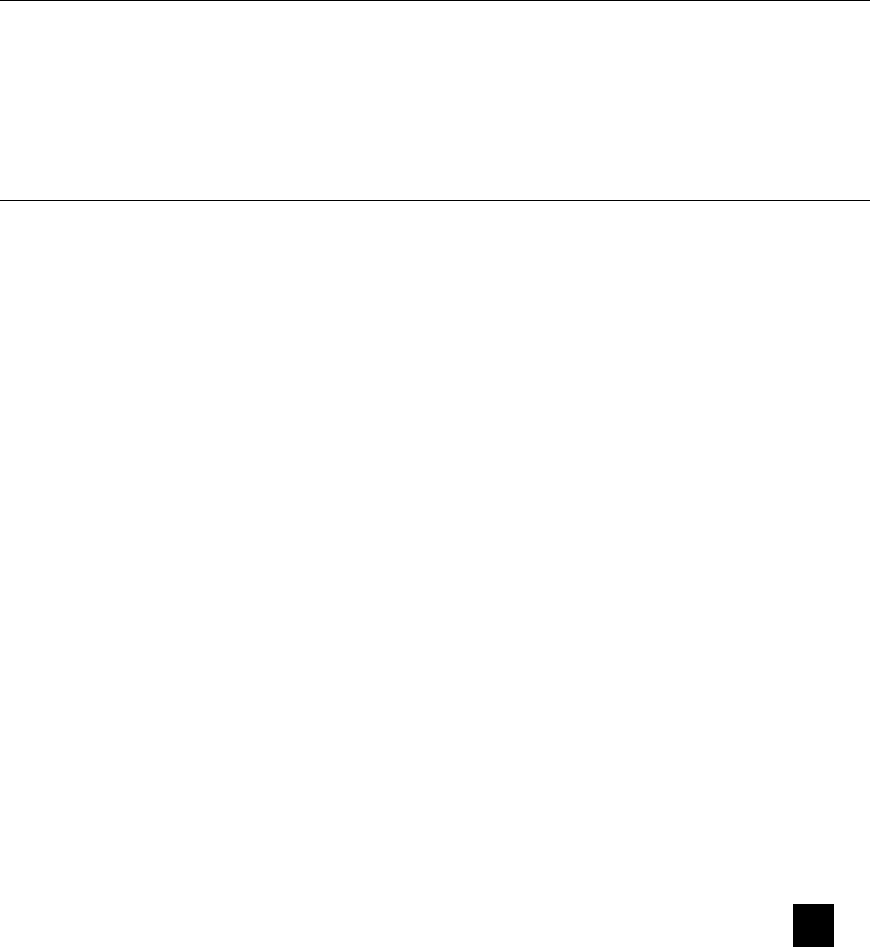
18
Observe a class taught by a faculty member in your department and interview the
faculty member. Your paper might include reflections on the following questions:
o Why did you select this faculty member to interview/observe?
o Why did this faculty member choose teaching as a profession?
o What is the faculty member’s philosophy of teaching?
o What are/have been this faculty member’s greatest strengths in the
classroom?
o What are/have been this faculty member’s greatest challenges in the
classroom?
o What did you most like about this faculty member’s teaching?
o What areas of the faculty member’s teaching might merit improvement?
NOTES AND OPTIONS
If you have a suggestion for an activity that better suits your teaching development
interests or is more appropriate to your discipline-based teaching goals, please see the
associate director or the director of the OTL. We will be happy to work with you to
tailor the requirements of this section.
OUTCOME
At the conclusion of this section of the TDP, you will prepare two reflective writing
assignments, each of which will be two to three pages (double-spaced) in length, on
any two of the above listed teaching development topics. Attach a copy of any
collateral materials you develop related to the two activities as well.
These reflective writing assignments are an important investment in your own
continuing ability to articulate your goals, insights, triumphs and struggles as a
teacher. Consider these common interview questions:
“What do you do well in the classroom?” How do you know it works?
“Describe an activity that you do in class and that works particularly well.”
“Tell us about your best and worst classroom moments.”
“Describe a syllabus that you would like to teach for an upper level course in
your area.”
“What do you struggle with as a teacher?”
Having reflected on your two teaching development topics and composed your
reflective writing assignments, you will have thoughtful and articulate answers to
some of these questions right at your fingertips.

19
ADDITIONAL RESOURCES
All students constructing a teaching portfolio should also fill out an Individual
Development Plan (IDP). The IDP was designed by the American Association for the
Advancement of Science (AAAS) to assist graduate students in setting goals for their
career path. Specifically, an IDP provides exercises that can help you examine how
your skills, interests and values fit with various career paths; tools for setting strategic
goals for the upcoming years of study; and articles and resources that guide you
through your career examining process. There are clear parallels between the process
of constructing a teaching portfolio, and an IDP:
Both require you to reflect on your goals and the experiences you have
achieved in a structured process.
Both ask you to apply the same scholarly approach to your reflection on your
current skills.
Both help you determine what areas of your professional life require more
work and experience.
Completing an IDP can help you identify areas of improvement that can be addressed
in the teaching portfolio. To begin the IDP process, visit the site here.
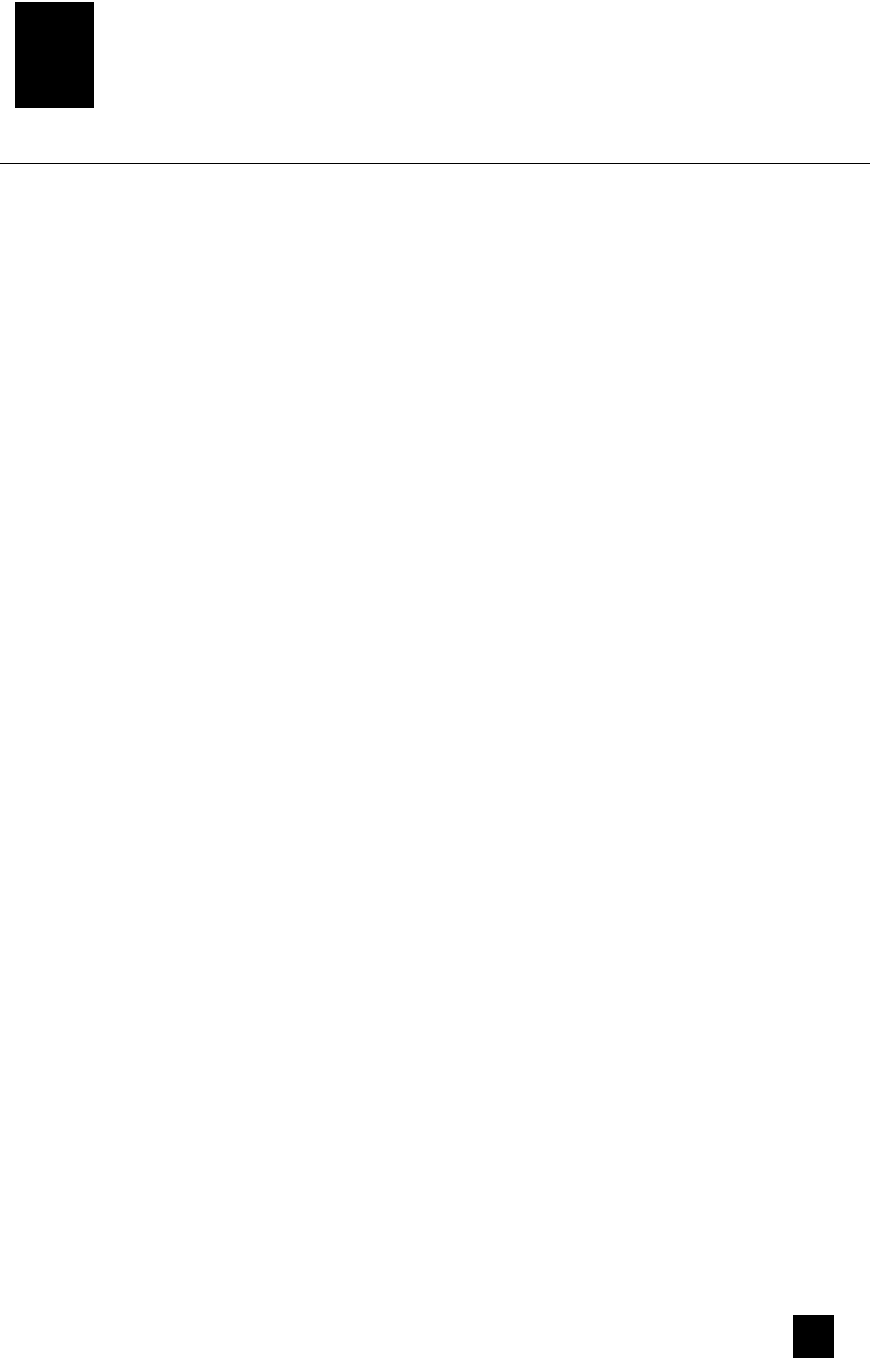
20
hecklist
ACTIVITY 3: DEVELOPMENT OF TEACHING IMPROVEMENT
PRACTICES
This activity requires you to complete two activities designed to promote further
reflection on your teaching and students’ learning and then to write a brief (two to
three pages, double-spaced) reflective statement on each activity.
Reflective writing assignment one:
Topic:
Reflective writing assignment two:
Topic:
Attach a copy of any collateral materials you developed related to each of the
exercises above (e.g., a syllabus).
Date: __________________________________
Signature: ________________________________
C
5
6
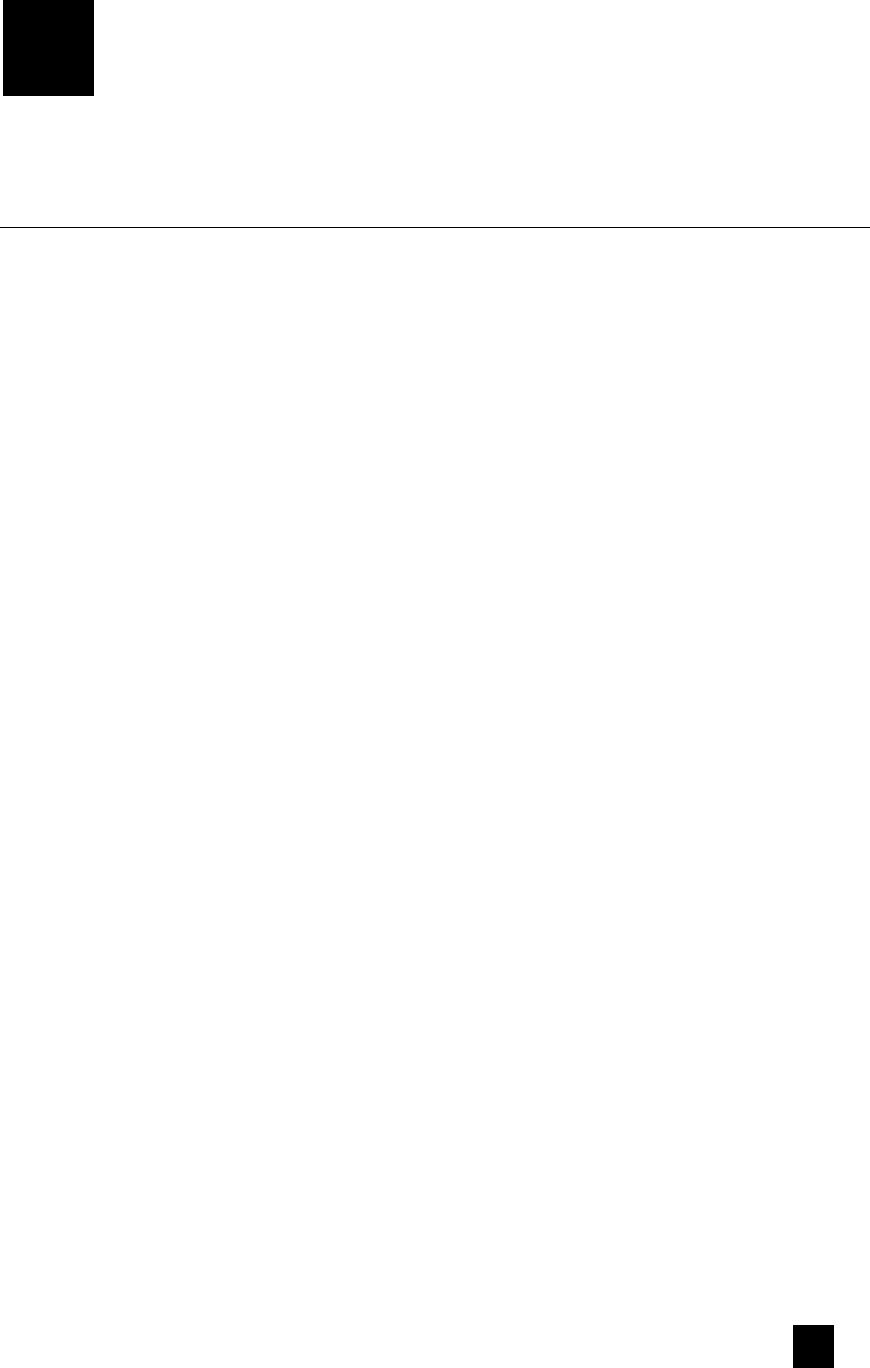
21
4 Teaching Activity Four:
Addressing Diversity in Higher
Education
GOALS
The goal of this fourth section is to reflect on the increasing diversity of the higher
education landscape and to provide a platform for students to articulate their readiness
for teaching diverse students. Moreover, this section will show you what materials
you can collect and include in your teaching portfolio that demonstrate your attention
to teaching in diverse classrooms.
REFLECTIONS ON DIVERSITY IN HIGHER EDUCATION
Diversity can refer to differences such as race, ethnicity, sex, gender, age, religion,
language, abilities/disabilities, sexual orientation, socioeconomic background, and
more. University campuses attract students with a variety of personal experiences,
values, and worldviews that arise from differences of culture and circumstance.
Many university campuses across the country are becoming more diverse, or are
spearheading initiatives to increase their diversity: it is only natural for these
institutions to recruit faculty who acknowledge the increasing diversity of their
student body, and have a plan to teach to it. Luckily, WSU is one of the most diverse
campuses in the nation, and our graduates are in a perfect position to engage diverse
groups of student during their studies. WSU graduate teaching assistants have
opportunities to instruct undergraduates from multiple backgrounds, as well as
interact with many international students.
There are many types of activities that contribute to diversity and inclusivity, and
some examples include:
Service towards the removal of barriers to higher education facing women,
minorities, veterans, people with disabilities or other individuals who are
underrepresented in higher education.
Increasing the participation of historically underrepresented groups in
science, engineering, medicine, business and other fields.
Developing or using pedagogies that address different learning styles or
learning disabilities.
Research that contributes to understanding and removing barriers to higher
education, or that otherwise contribute to diversity and inclusion, to promote
cultural diversity.

22
IMPORTANCE OF A DIVERSITY STATEMENT FOR TEACHING
PORTFOLIO
To recruit faculty who are aware of the importance of teaching diverse classrooms,
some universities have begun to require prospective faculty submit a Contributions to
Diversity Statement during the hiring process. University of California, Davis, for
example, asks applying faculty to submit a Contributions to Diversity Statement, and
more information regarding their process can be found by clicking here. Suggested
guidelines for writing a Contributions to Diversity Statement will vary depending on
the institution, but some basic requirements are below:
Past experience:
Describe any past experiences that have increased your awareness of challenges faced
by historically underrepresented populations, or describe how your background
makes you aware of these challenges.
Past activities:
Describe activities where you interacted with students of different backgrounds, or in
a diverse setting. Activities will vary from person to person, but could include:
Mentoring students:
If you mentored undergraduate students, or anyone else
from an underrepresented group, describe the context and the personal efforts
you contributed to the mentoring. Include relevant details, such as the number
of people who may have benefitted (you are of course one of those people),
duration, and outcomes (i.e., was there an expected outcome of the mentoring?
Was it part of an official program? How was success defined?).
Serving on a Committee:
If you served on a board or committee that
promoted a climate of inclusion or diversity, describe the context. Focus on the
committee's accomplishments, and how you helped achieve them.
Research Activities:
If your research activities specifically contributed to
diversity and inclusion, describe the context of the work, and the resulting
impact on the university or community. If you mentored students from
underrepresented groups, this information belongs in the "Mentoring Students"
category above.
Community Service:
Describe the activities you've performed related to
community growth and inclusion. What was your role in the effort?
Planned activities:
For students without substantial experience working in settings exclusively to
promote inclusion and diversity, stating your planned activities for a future faculty
role is essential. As with the description of past activities in promoting inclusion and
diversity, you are welcome to include a broad range of various types of activities, so
long as you describe specifically how these activities promote diversity and inclusion.
To start the process of designing future inclusive activities, try gathering some
information on the programs and activities offered at the institution you are applying
to. Determine how you could participate in these activities, and how your
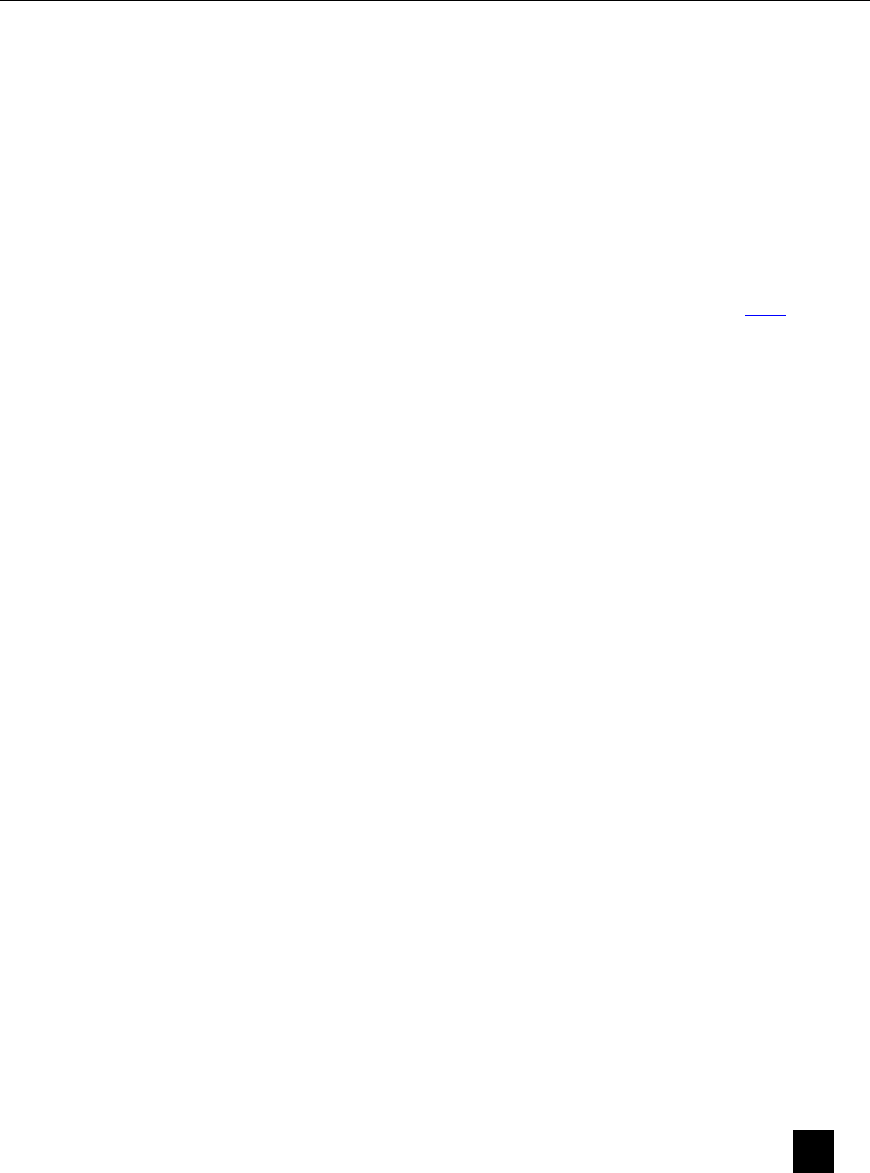
23
participation (and any other new ideas you bring to the table) could promote further
participation of historically underrepresented groups in higher education. For each
activity you propose, describe how you would participate and what you would like to
accomplish in the next two to five years as a faculty member. Be as specific as
possible, but also realistic in terms of your effort and time commitment.
OUTCOME
At the conclusion of this portion of the TDP, participants will prepare a one to two-
page (double-spaced) Contributions to Diversity Statement. This brief statement
should discuss experiences you have had promoting diversity and inclusion and
supporting historically underrepresented groups in your classroom. If you have
limited experiences, you can also focus on what you plan to do in the future.
ADDITIONAL RESOURCES
UC San Diego also provides some sample diversity statements, available here.
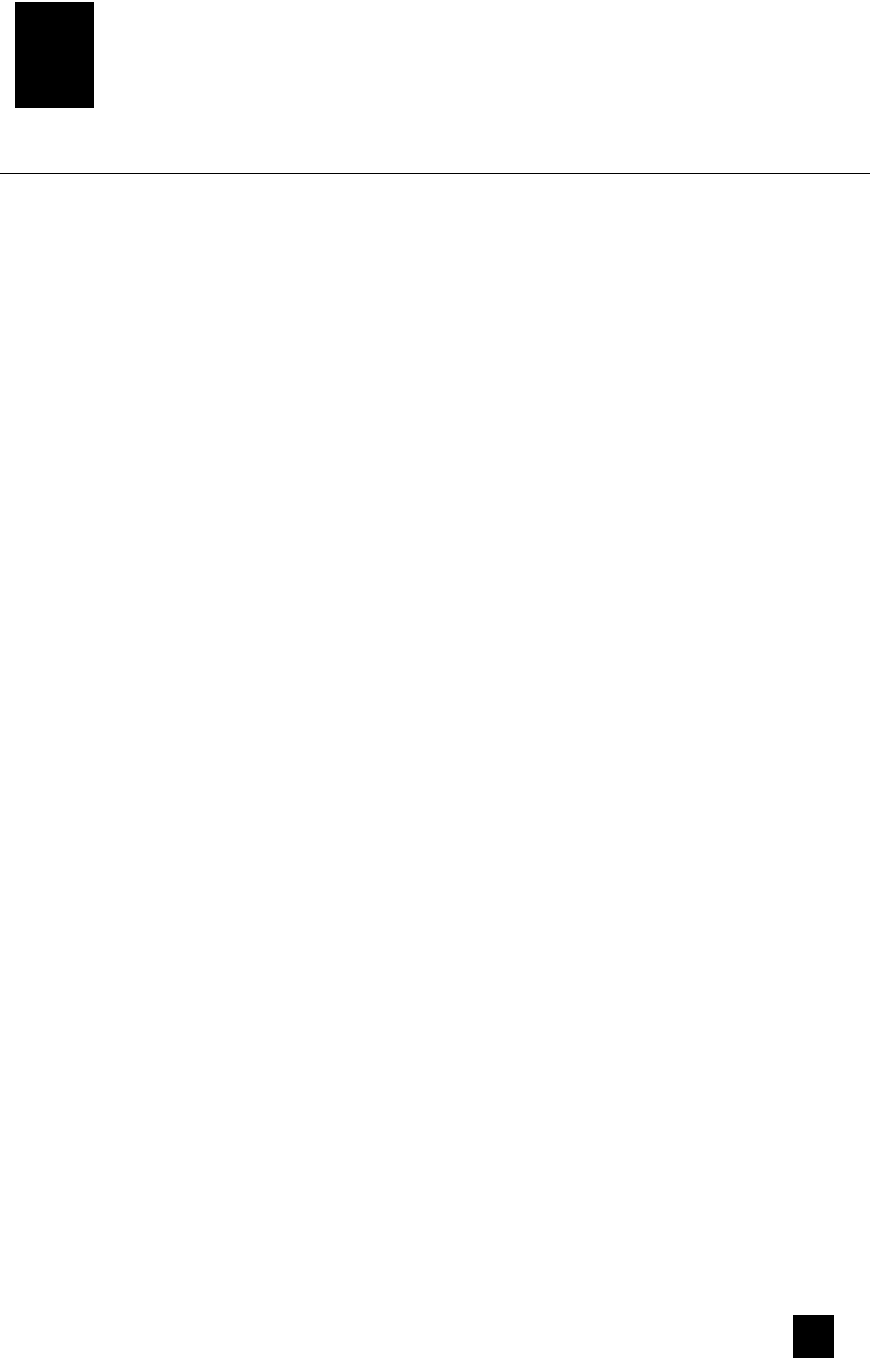
24
hecklist
ACTIVITY 4: ADDRESSING DIVERSITY IN HIGHER EDUCATION
This activity requires you to draft a Contributions to Diversity statement (two to three
pages, double-spaced).
Completed Contributions to Diversity statement
Date TDP completed: __________________________
Date documentation letter sent:___________________________
C
7
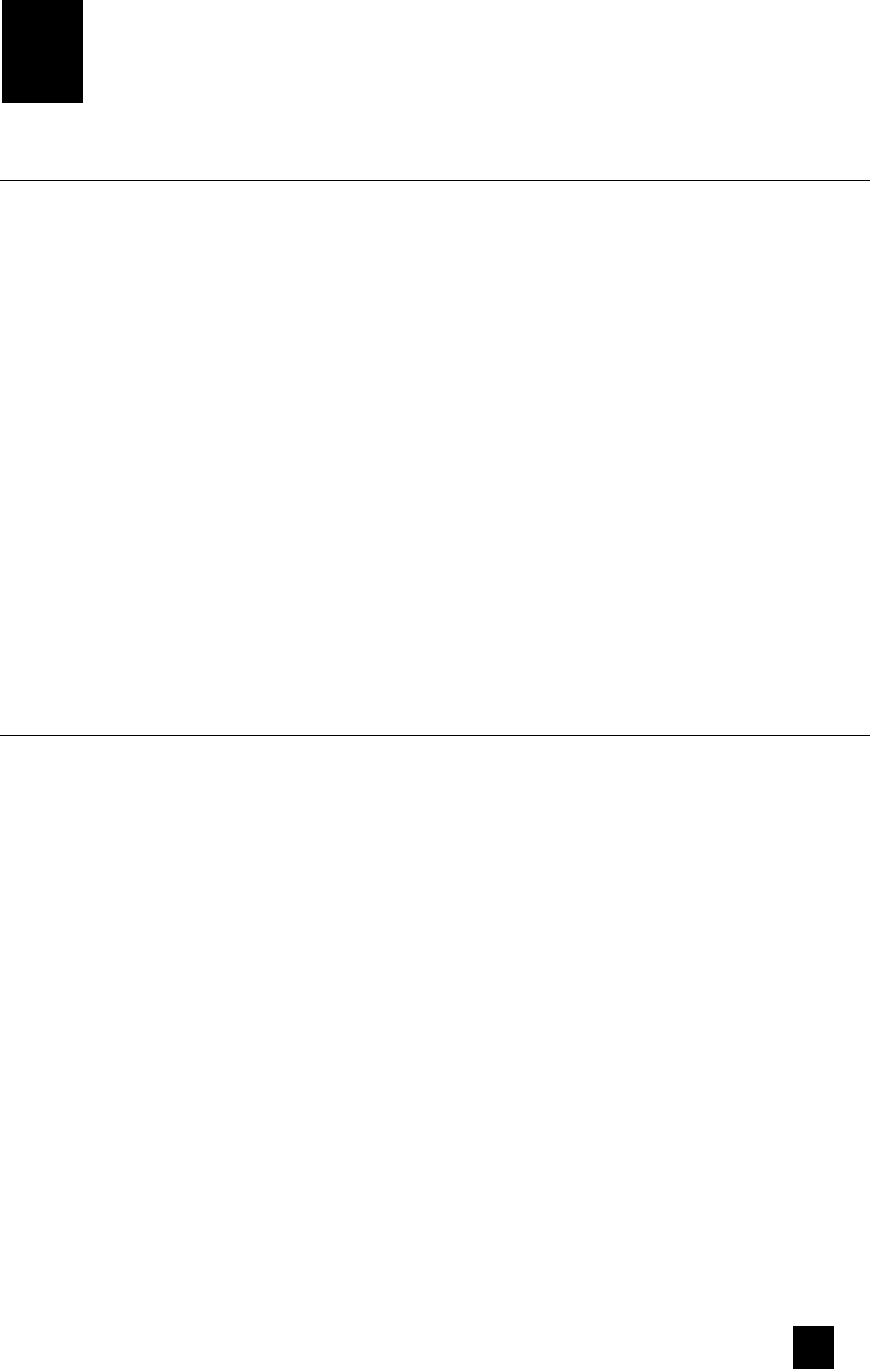
25
ompletion of the Teaching
Documentation Program
CONGRATULATIONS!
You are at the last step of the TDP. To receive your TDP documentation letter
from the OTL, you will need to submit the assignments required for each of the four
teaching activities. These submissions must be completed to the satisfaction of the
OTL staff and include the following:
Theory. A one to two page (double-spaced) statement of your philosophy of teaching
and appropriate documentation of the equivalent of one-credit hour of
coursework/seminars related to teaching theory. (This can be discipline-based or
interdisciplinary.)
Assessment. A one to two page (double-spaced) reflection on your learning
experiences of assessment. This reflection is related to either a MAP or a class video.
(If accomplished outside of the auspices of the OTL, appropriate documentation of
the videotape and review session must be provided.)
Development Practices. Two, two to three page (double-spaced) reflective writing
assignments on teaching development topics of interest to you.
Diversity. A two to three page (double-spaced) draft of a Contributions to Diversity
statement.
NEXT…
When the materials described above have been collected, organized, and accepted as
complete by the OTL you will be given a formal letter of documentation (signed by
the director) describing your teaching development efforts.
Additionally, the materials you have developed over the course of the TDP become
an excellent foundation upon which to build a formal Teaching Portfolio. By
successfully completing the Teaching Documentation Program you now have the
primary and essential components of a teaching portfolio.
C
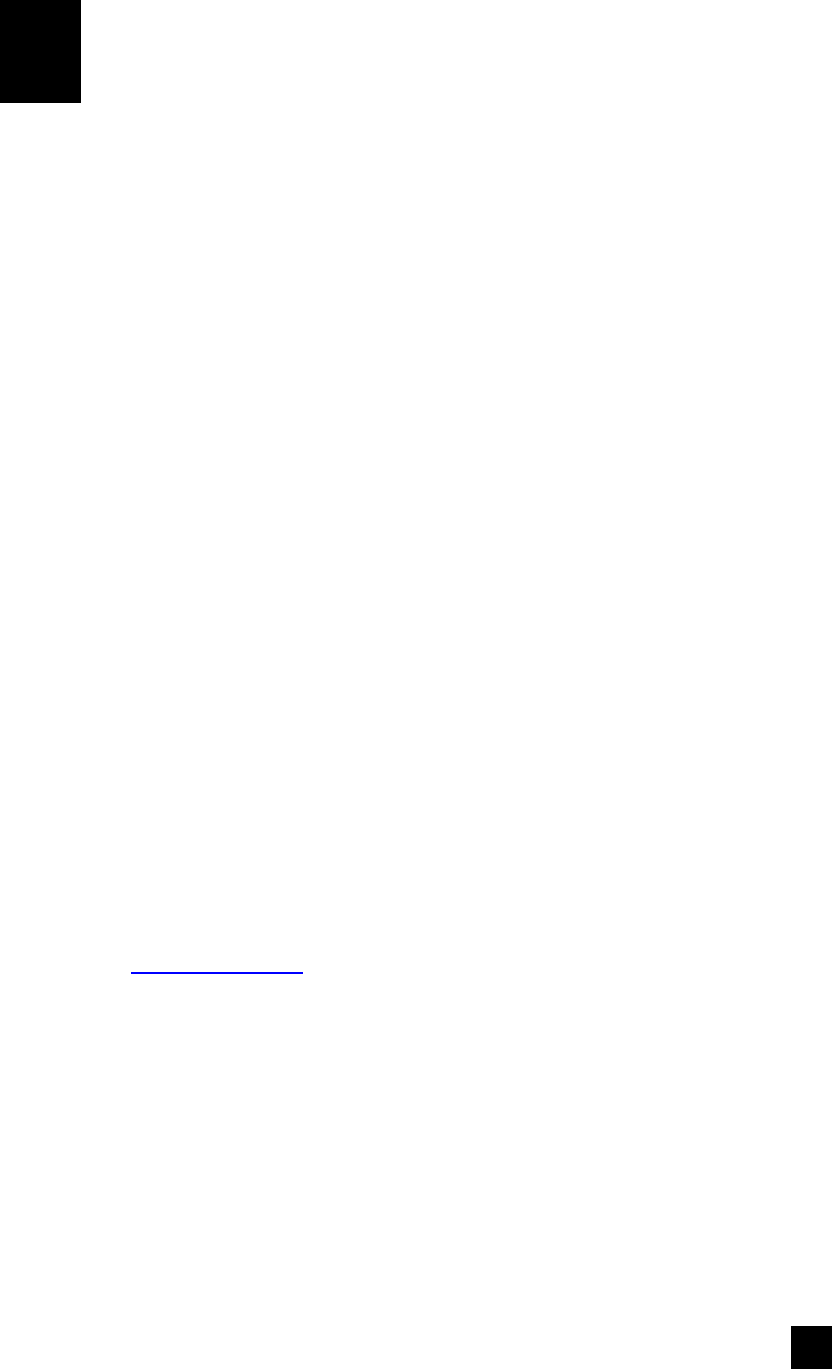
26
eaching Development Resources
The OTL offers teaching development resources and materials designed to
support University instructors at any level of expertise or comfort. For example, the
OTL provides print and video resources, a small lending library of teaching-related
materials, and workshops. Listed below is a selected overview of resources that may
also be of help to you.
1. Graduate Teaching Assistant Orientation. The Graduate School hosts an
annual all-campus teaching orientation for new graduate teaching assistants
just before the launch of the fall semester. This event combines practice-
based workshops with frequent opportunities to interact with faculty and
graduate student peers, many of whom have been recognized as outstanding
teachers themselves.
2. Print and Video Resources. The OTL provides access to a wide variety of
teaching-related print and video materials. At the OTL, you can review
books and journals related to teaching or view the best videos available on
teaching-related topics. The OTL has a small viewing library of teaching
development videos. These are generally brief videos that emphasize
practical strategies.
3. Department-Based Workshops. In addition to regularly scheduled OTL
workshops, the OTL offers a range of workshops on teaching development
topics to department-based groups of graduate students and/or faculty, as
invited.
4. Individual Consultations with OTL staff. The OTL offers a variety of
one-on-one confidential, voluntary consultations for full and part-time
instructors, graduate teaching assistants, and post-doctoral fellows on topics
such as assessment, diversity, evidence-based learning methods, and
instructional technologies. Our individual consultations are designed to
provide opportunities to reflect on and improve teaching and learning
practices. We are available to meet in person, via phone, or virtually using
Skype or Blackboard Collaborate. Contact (313) 577-0001 or
[email protected] to schedule a consultation.
T
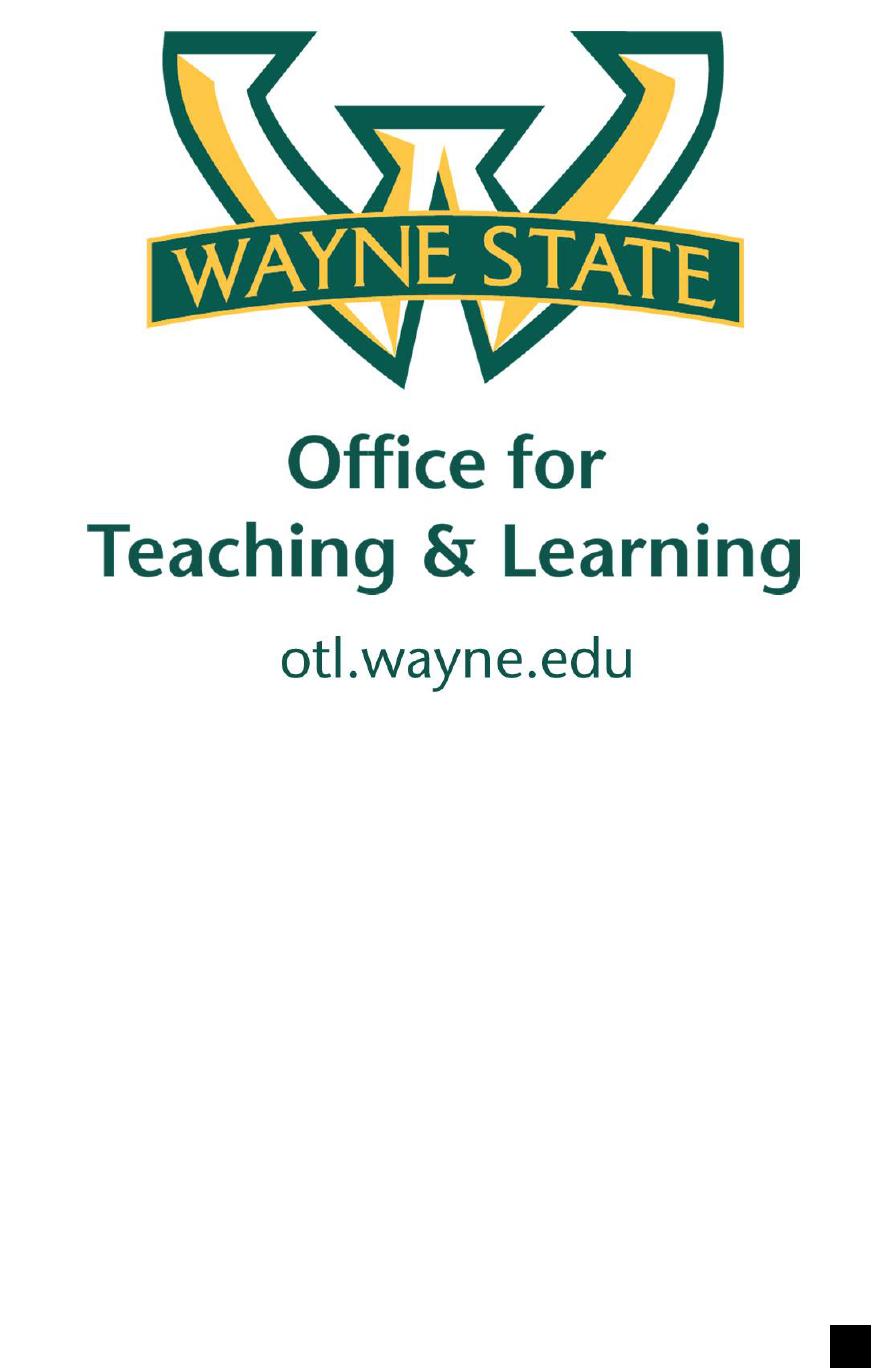
27
Purdy/Kresge Library
5265 Cass Ave
Detroit, MI 48202
Tel: 313-577-0001
Fax: 313-577-6777
Email: [email protected]
